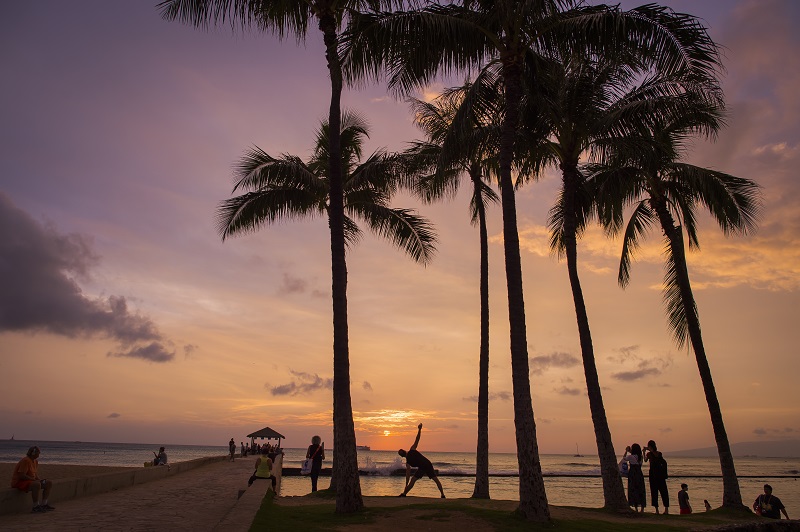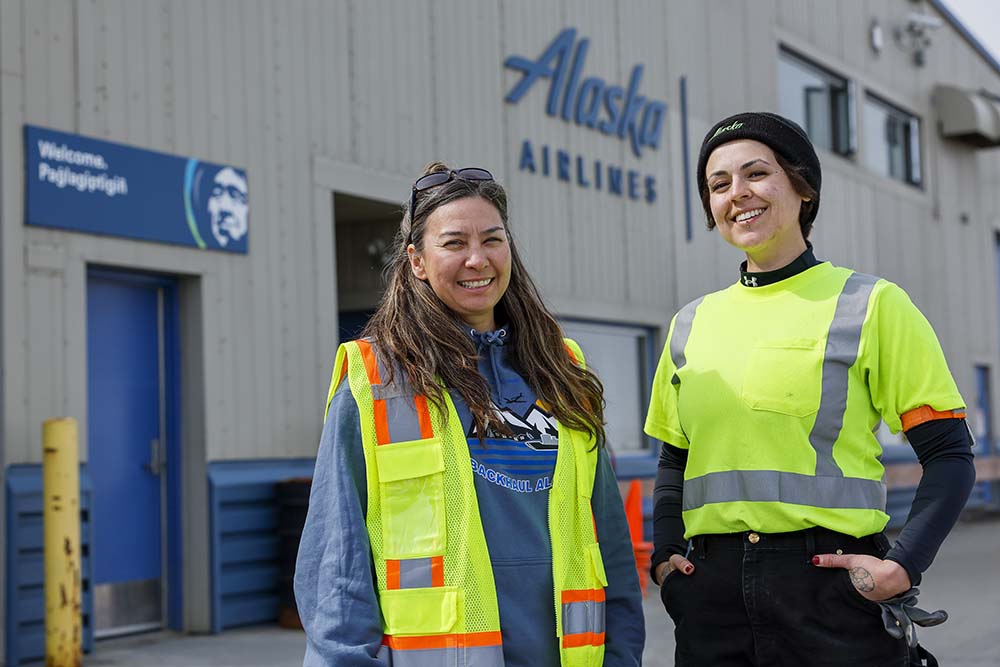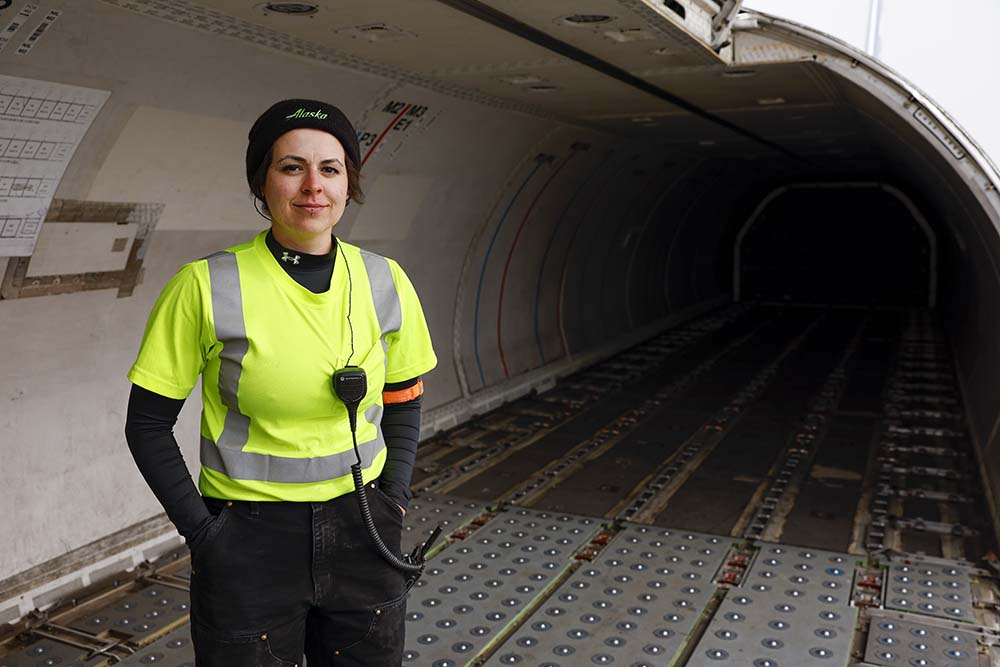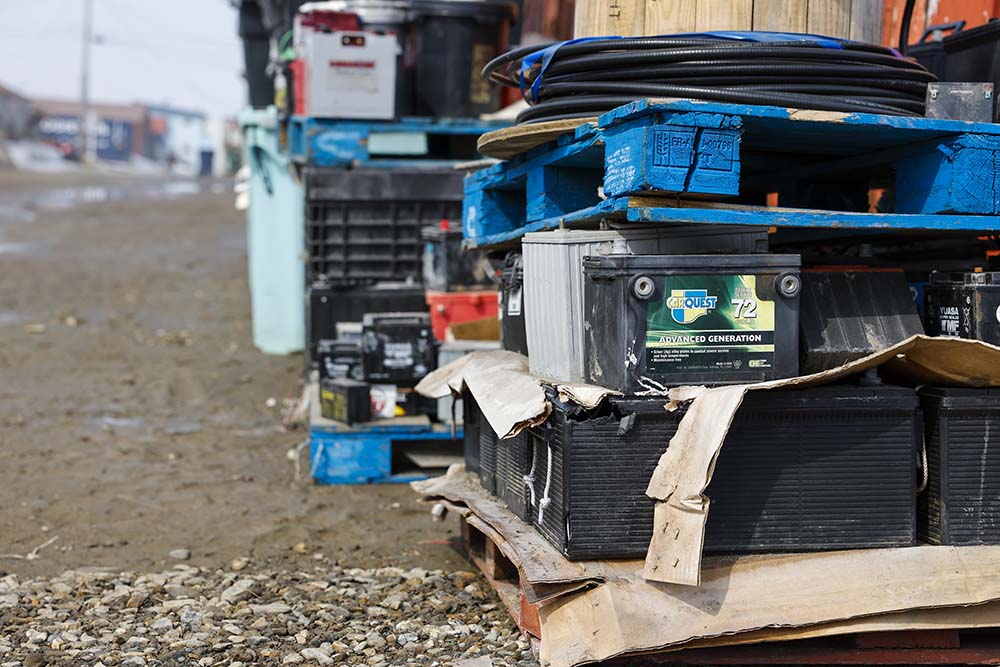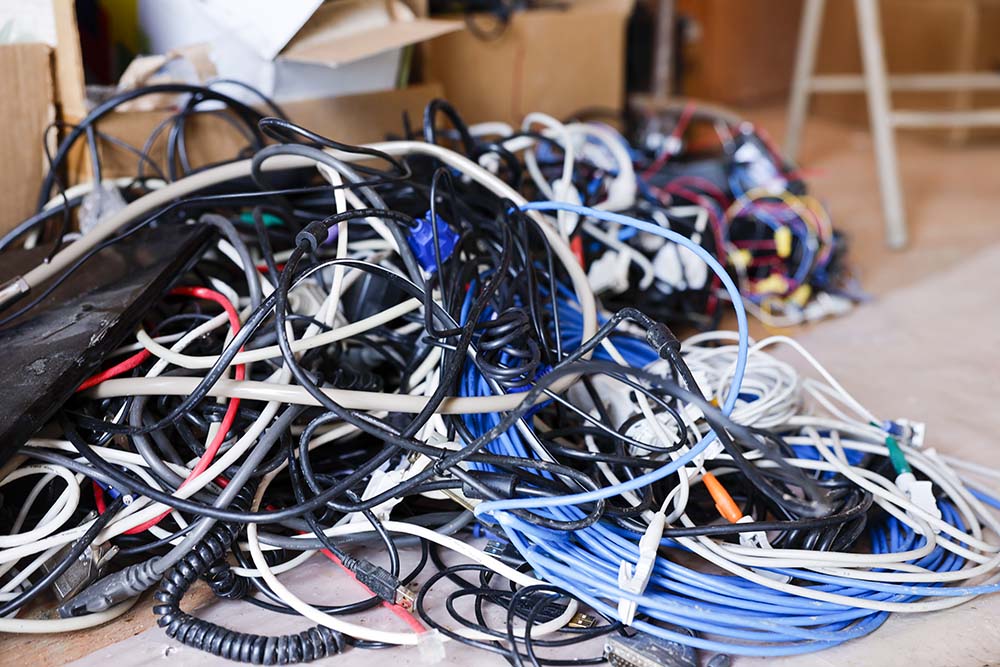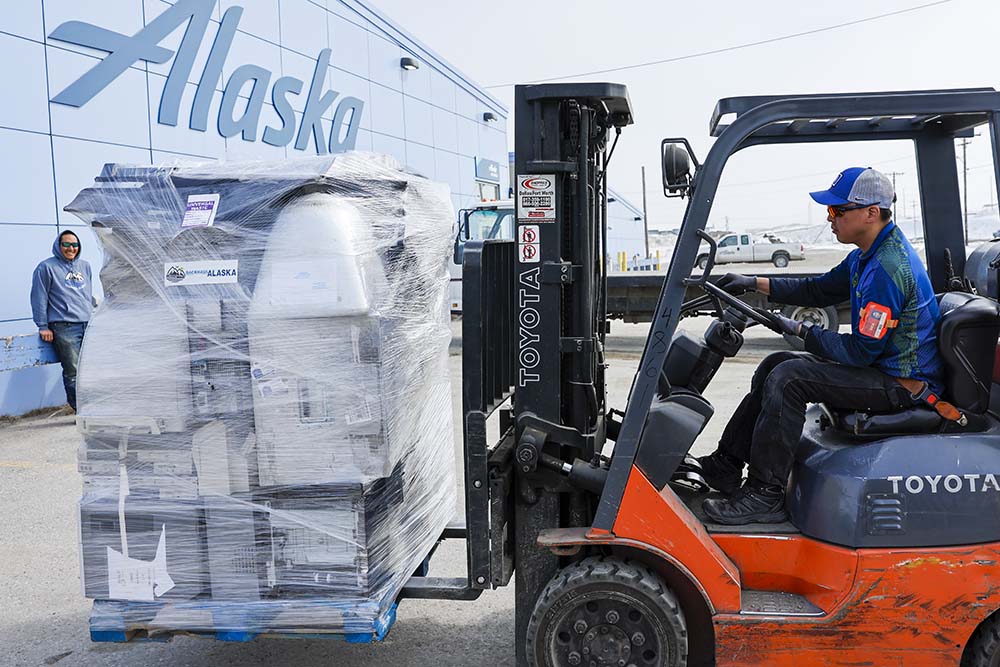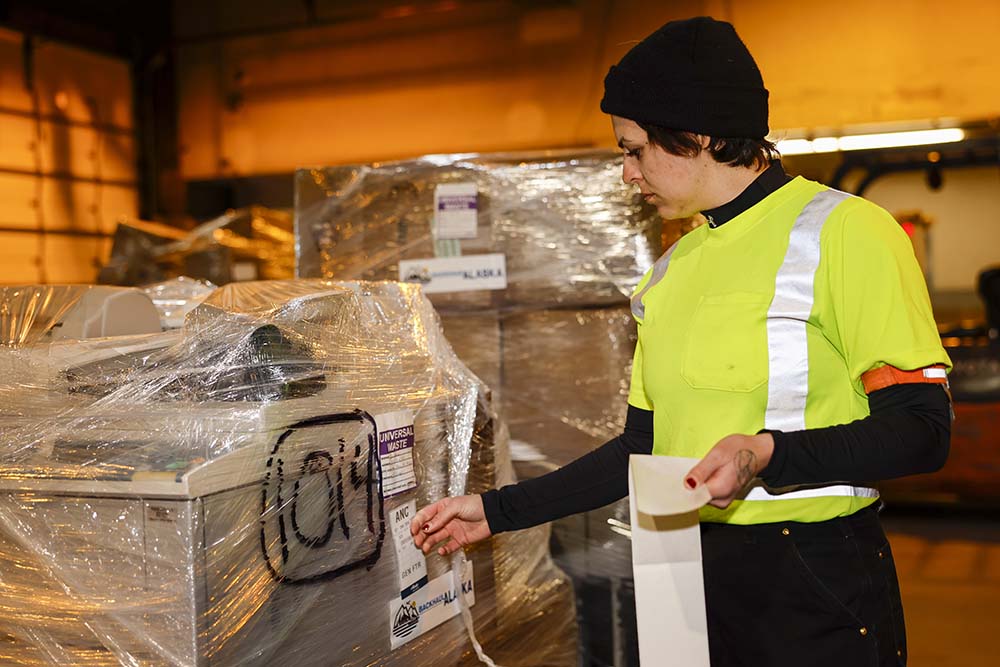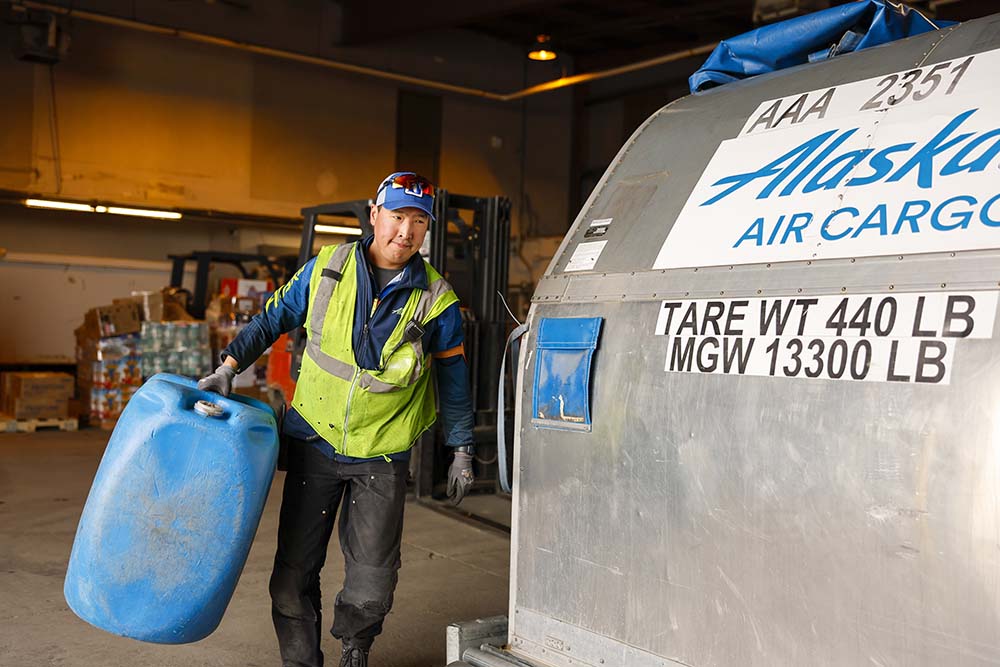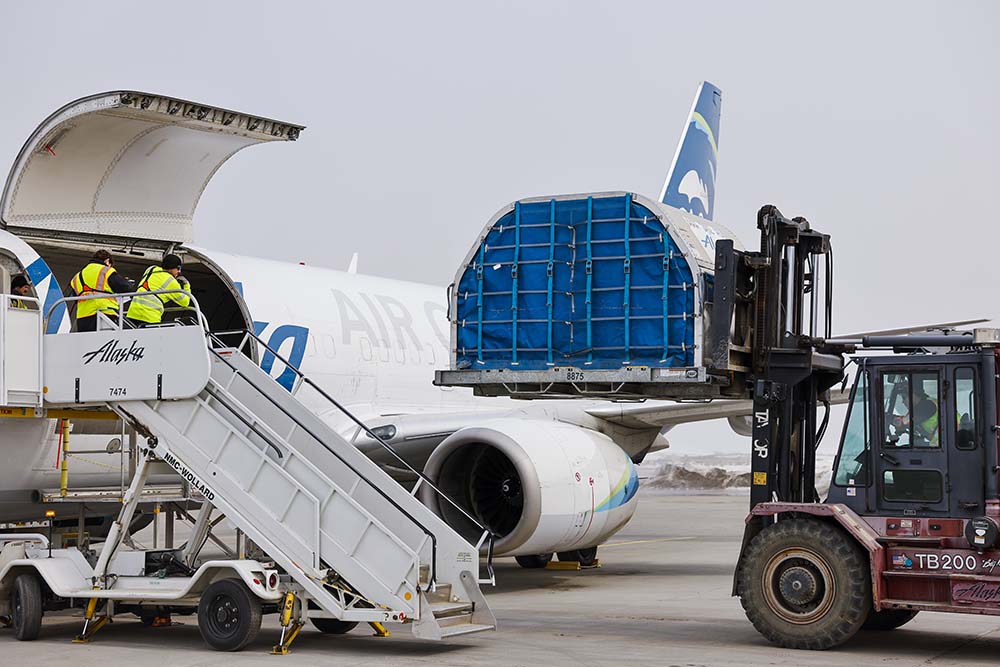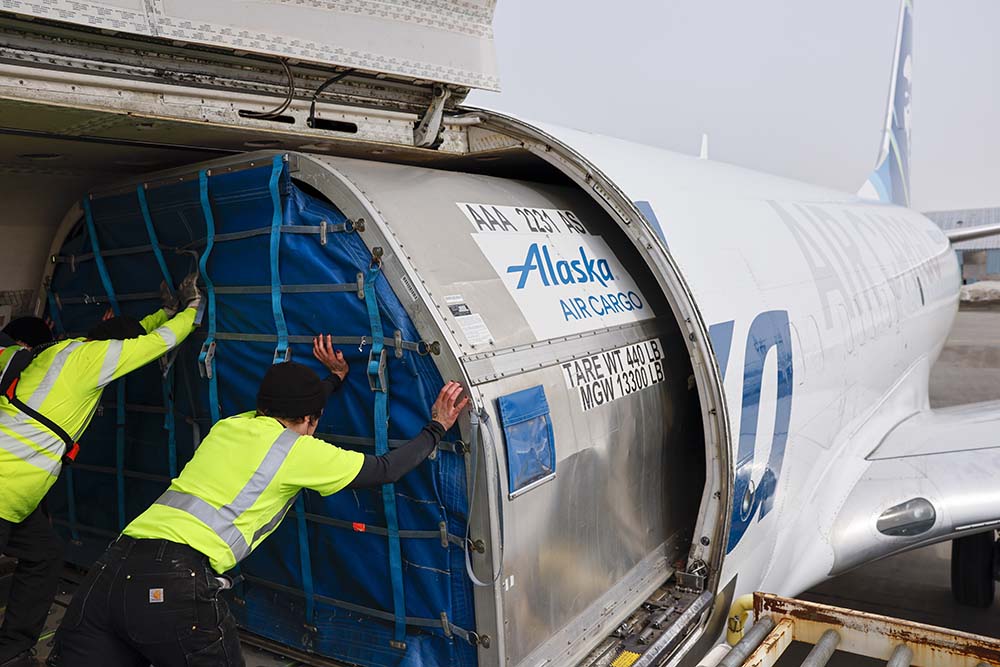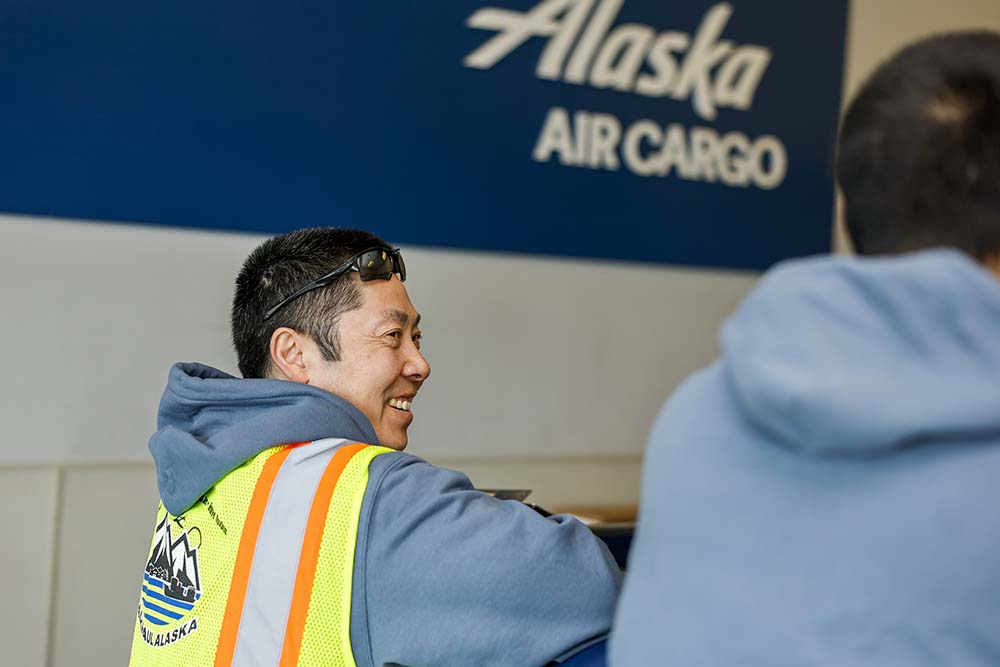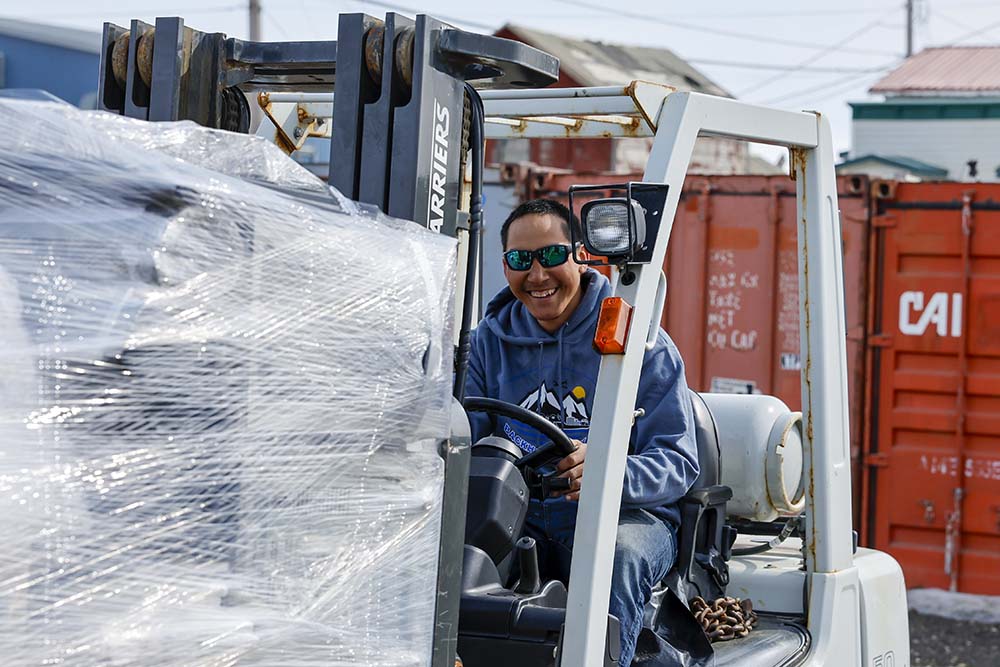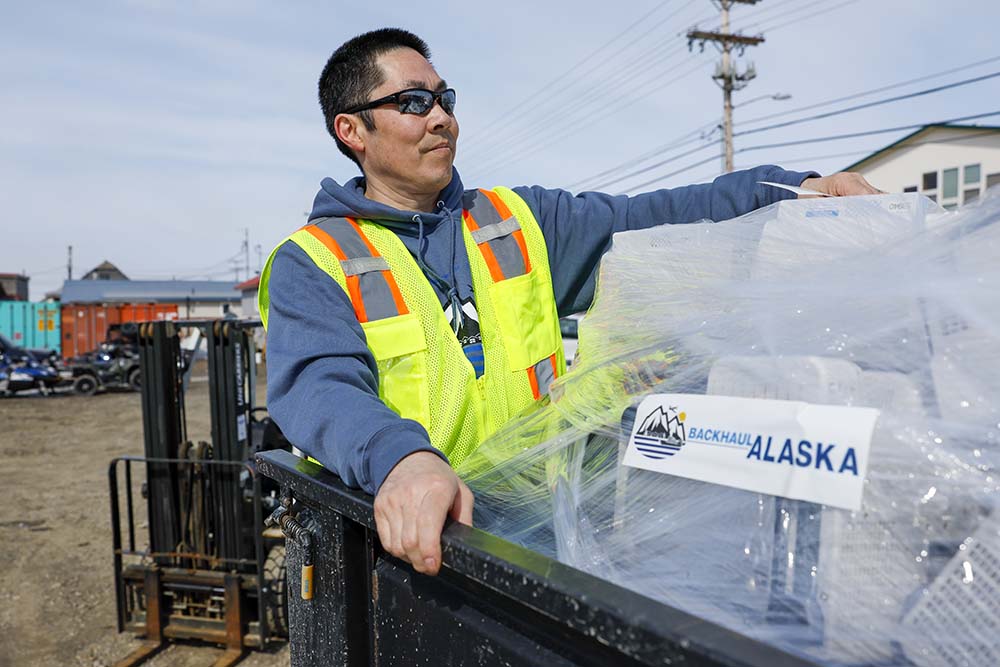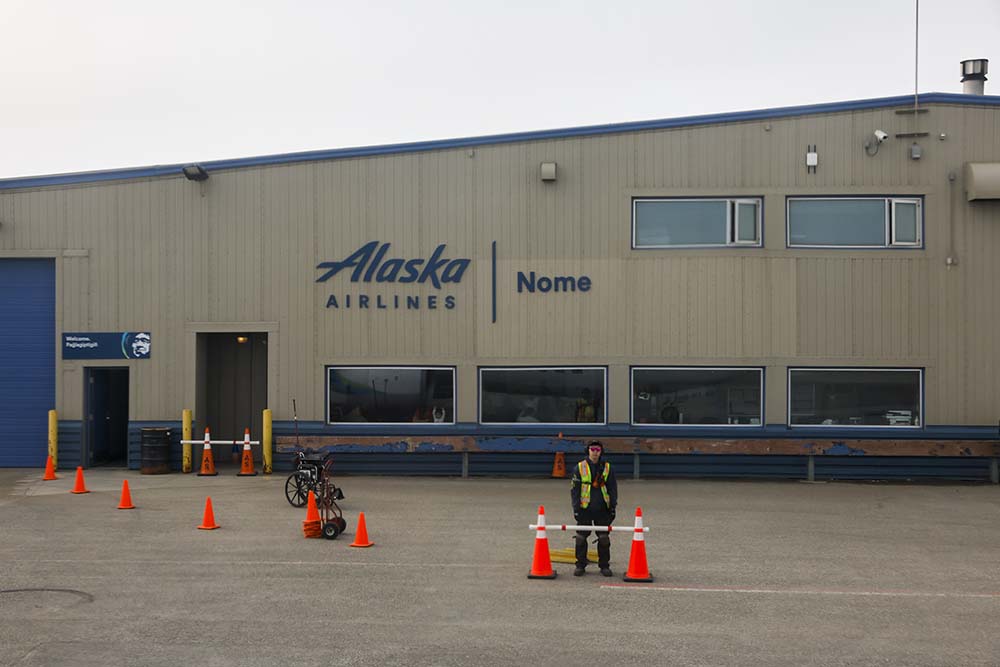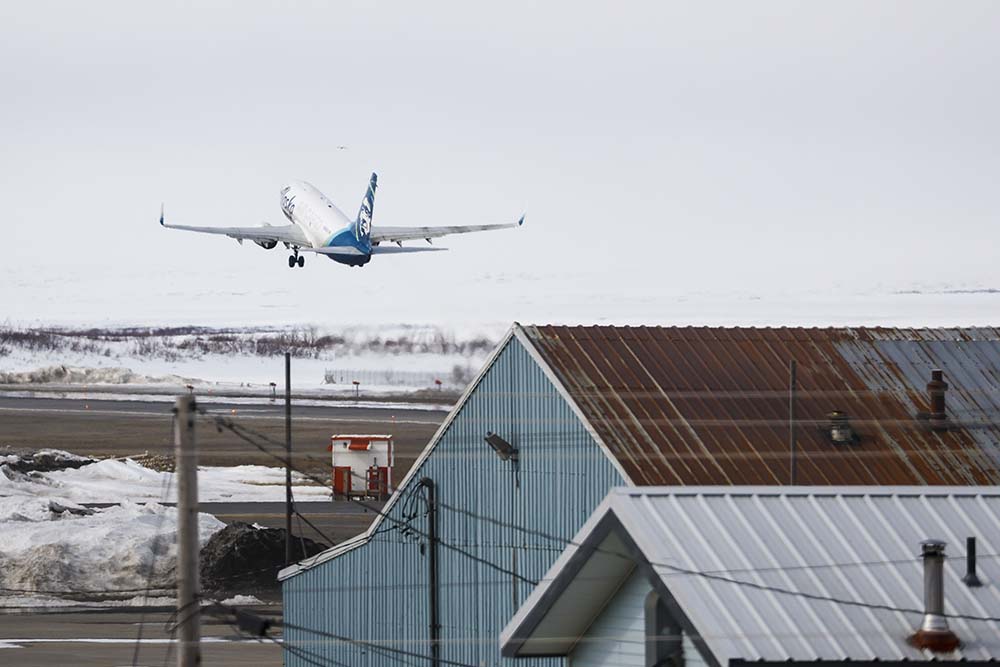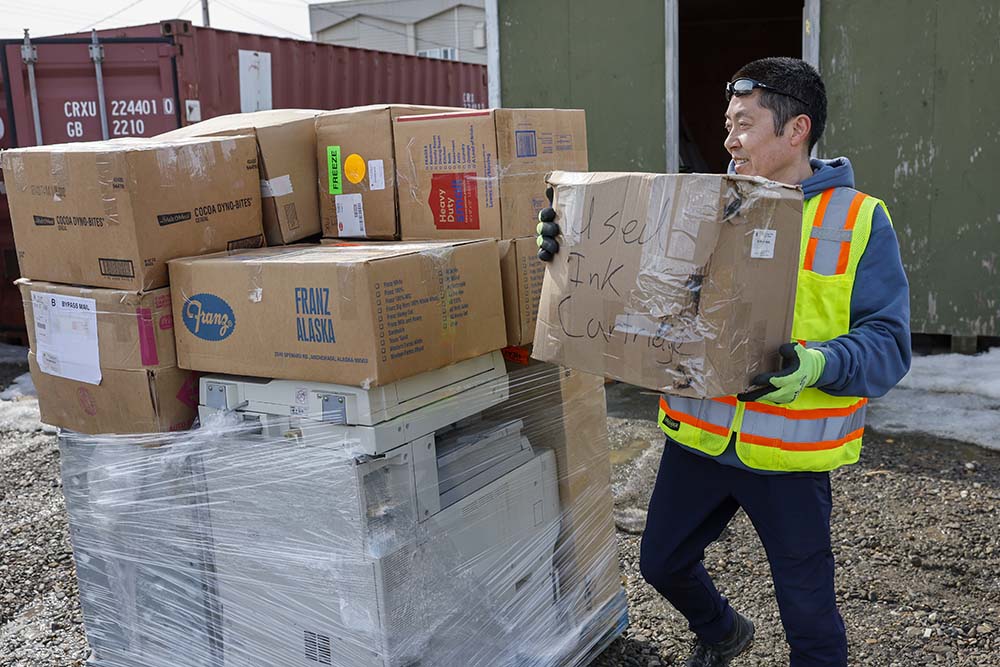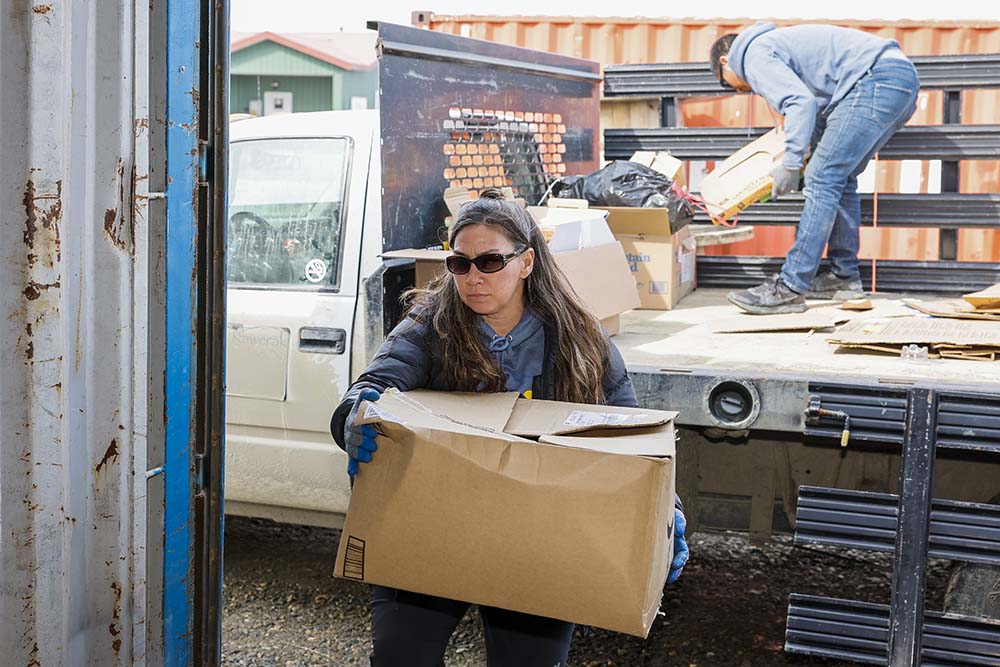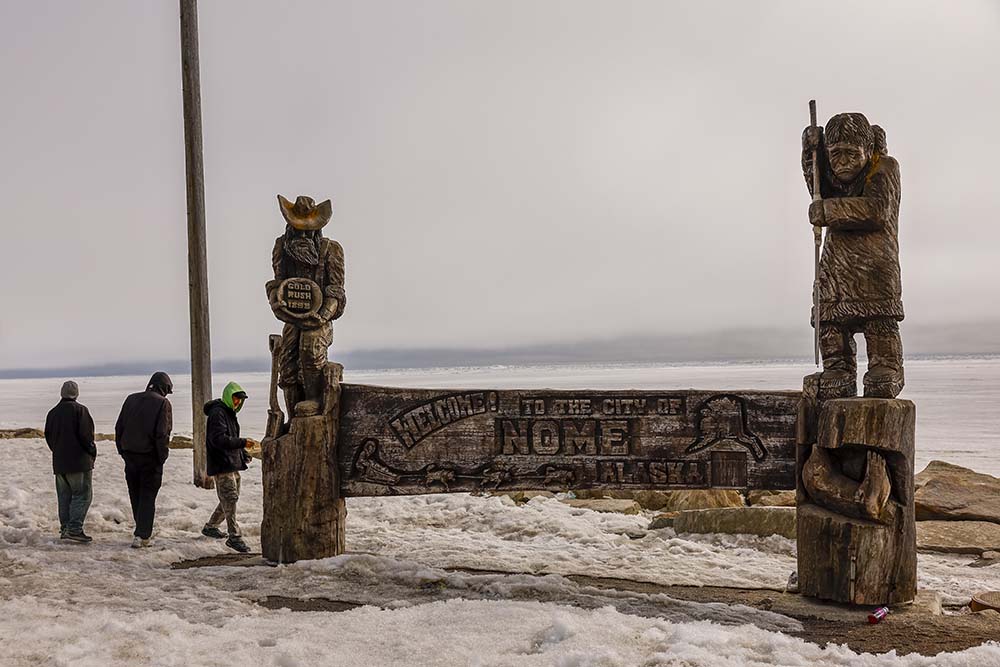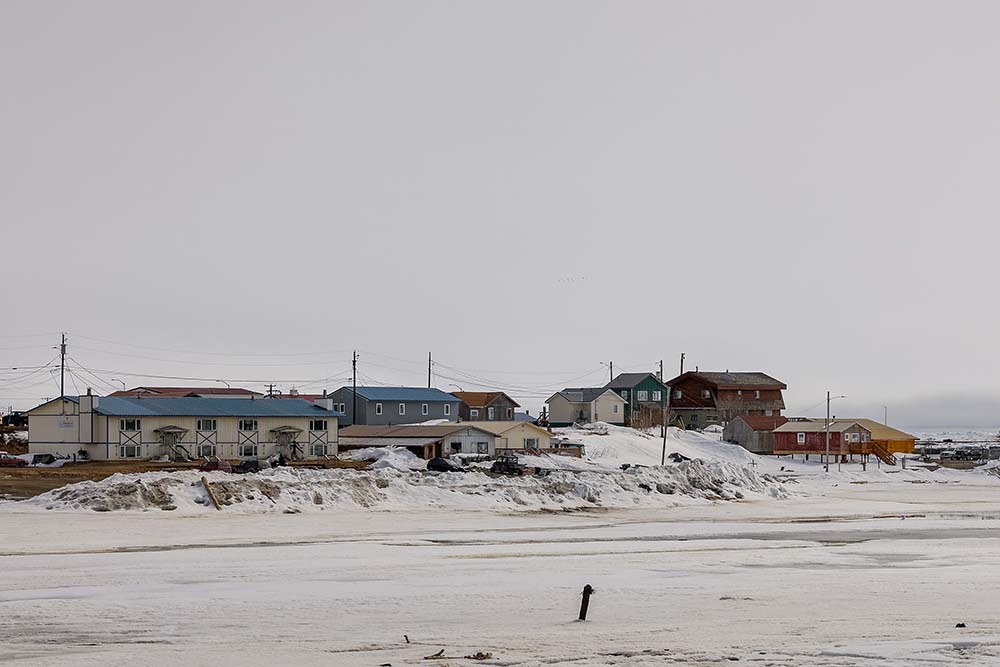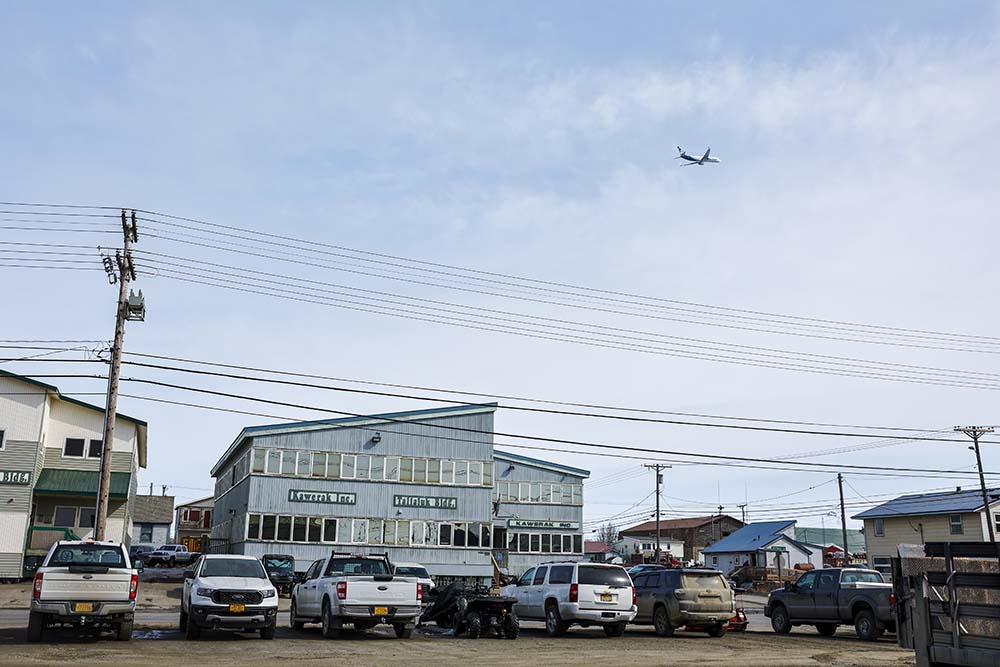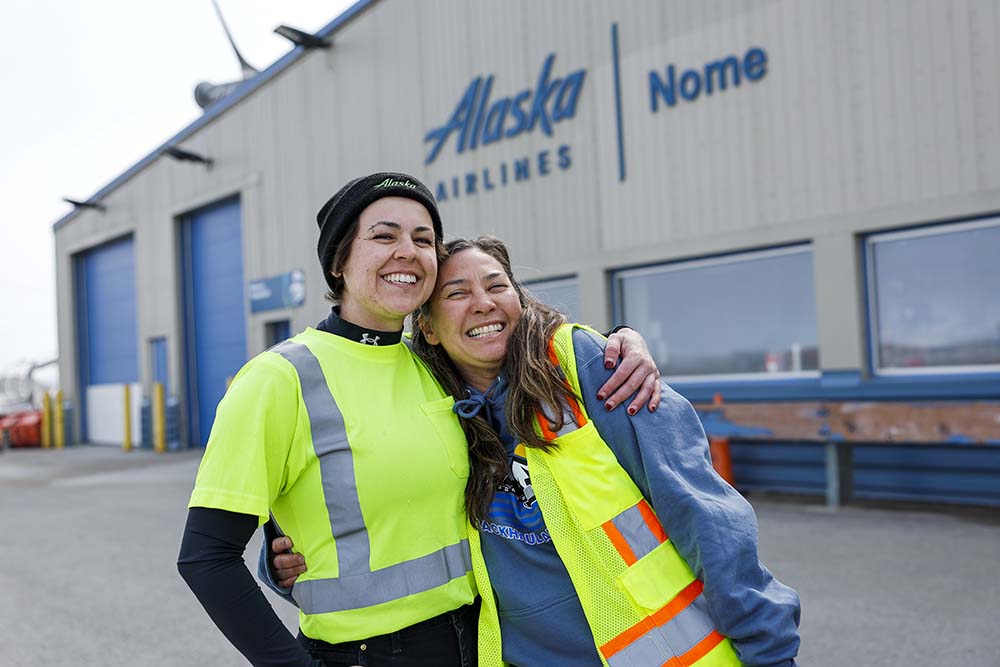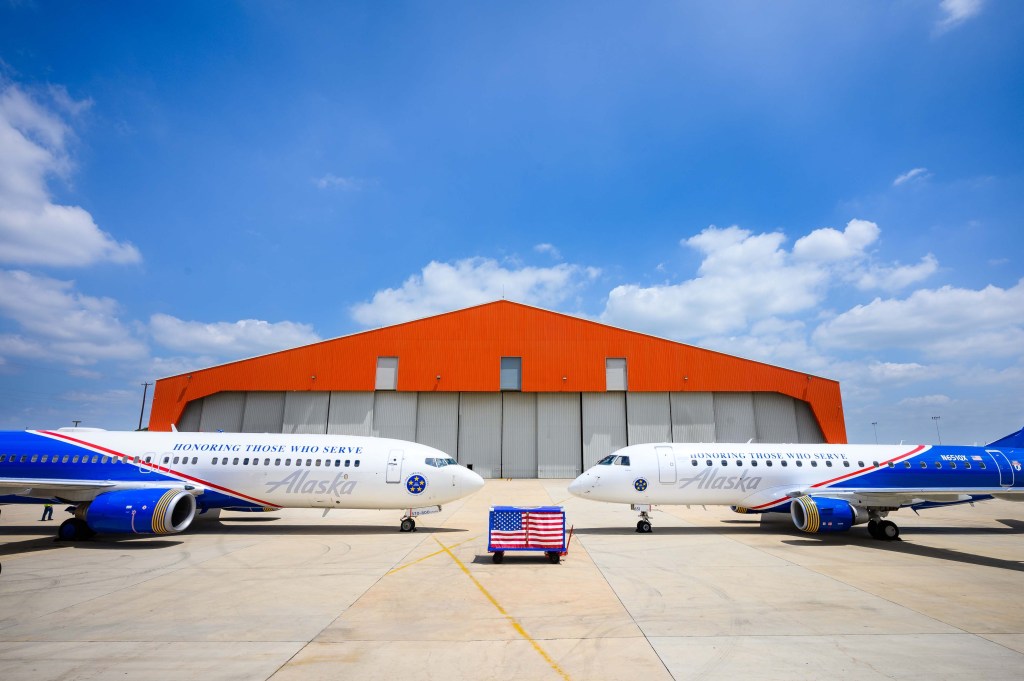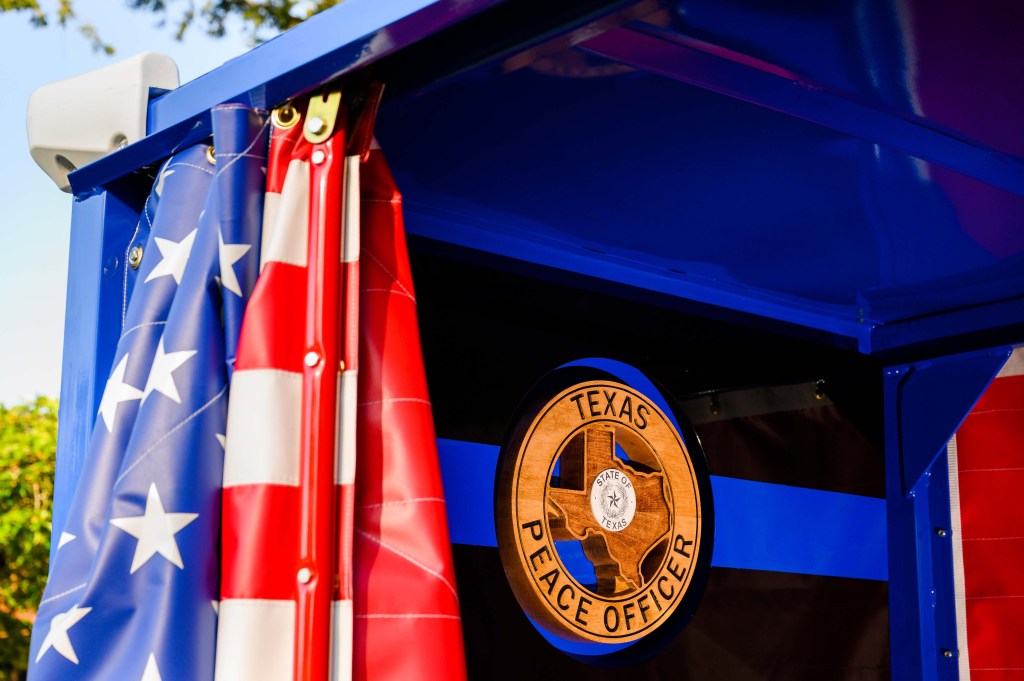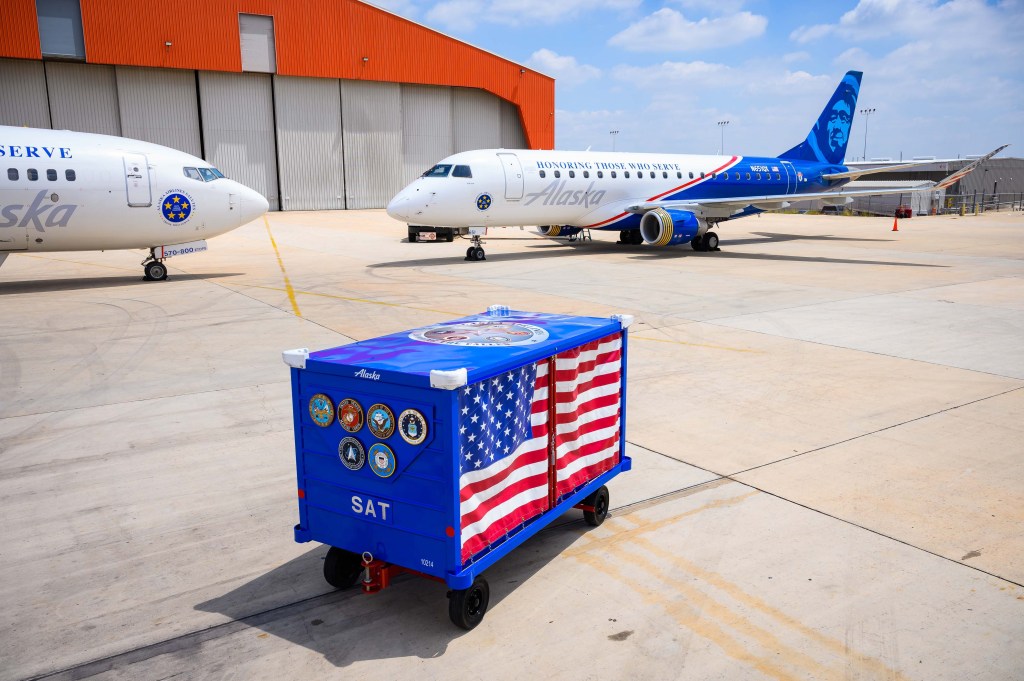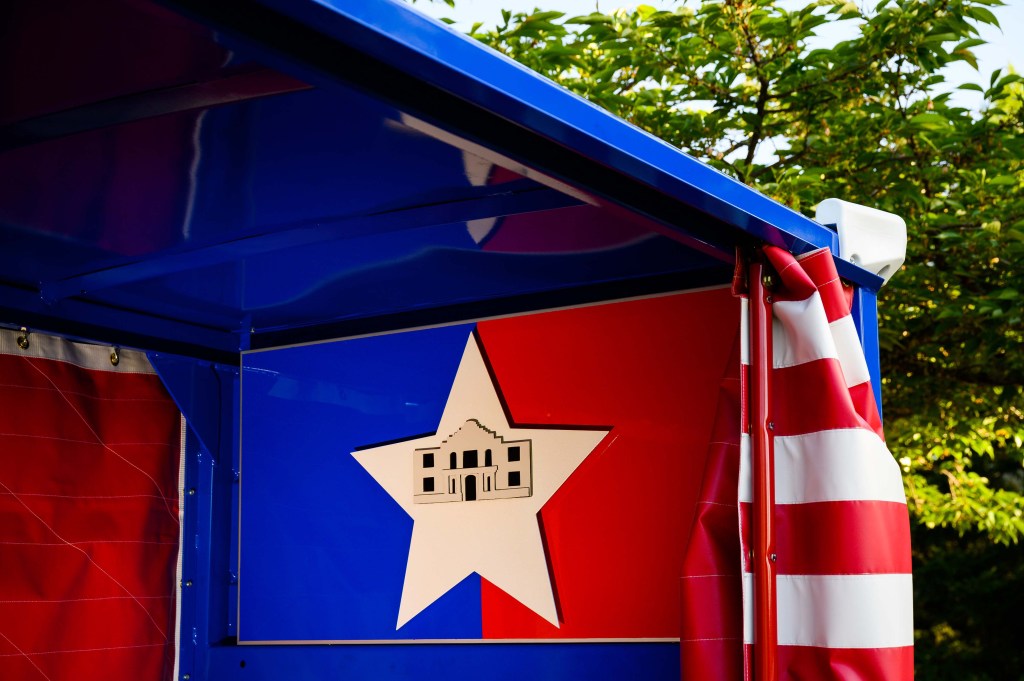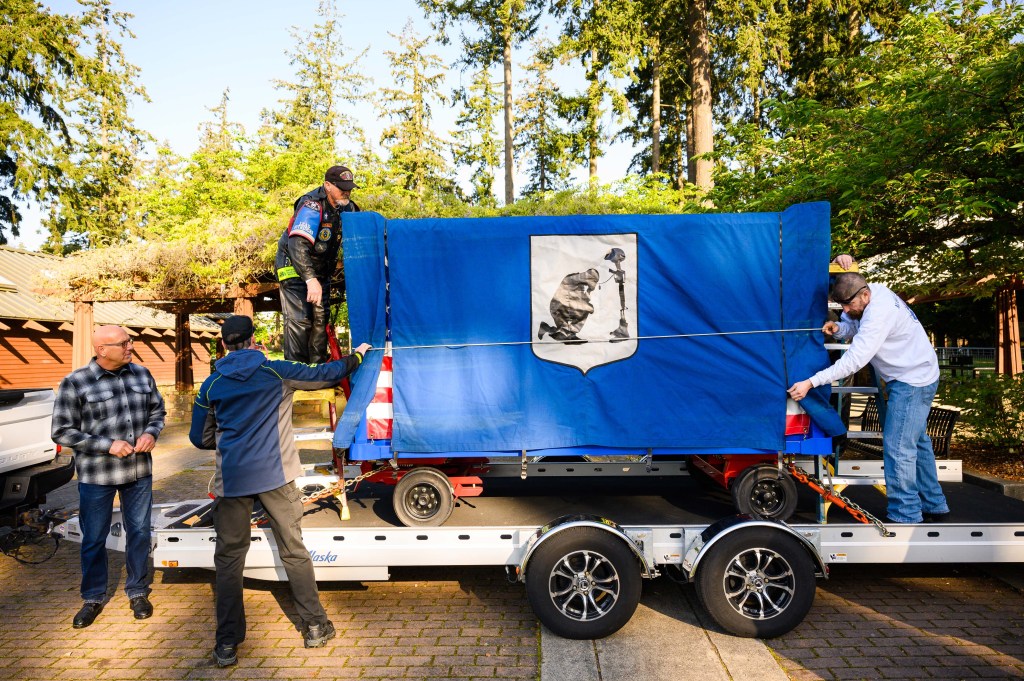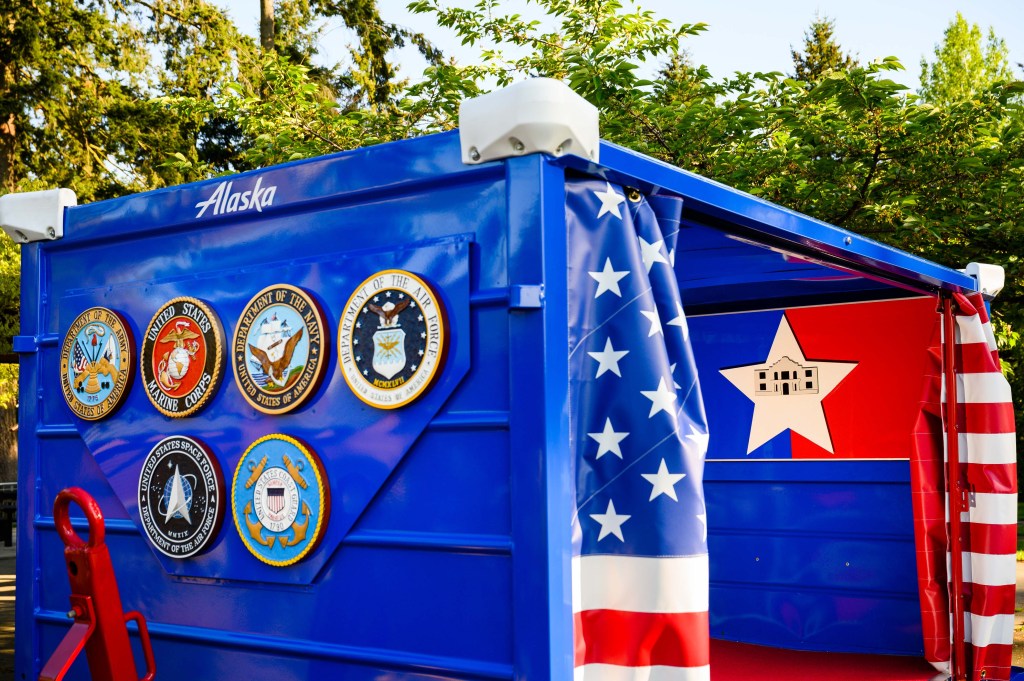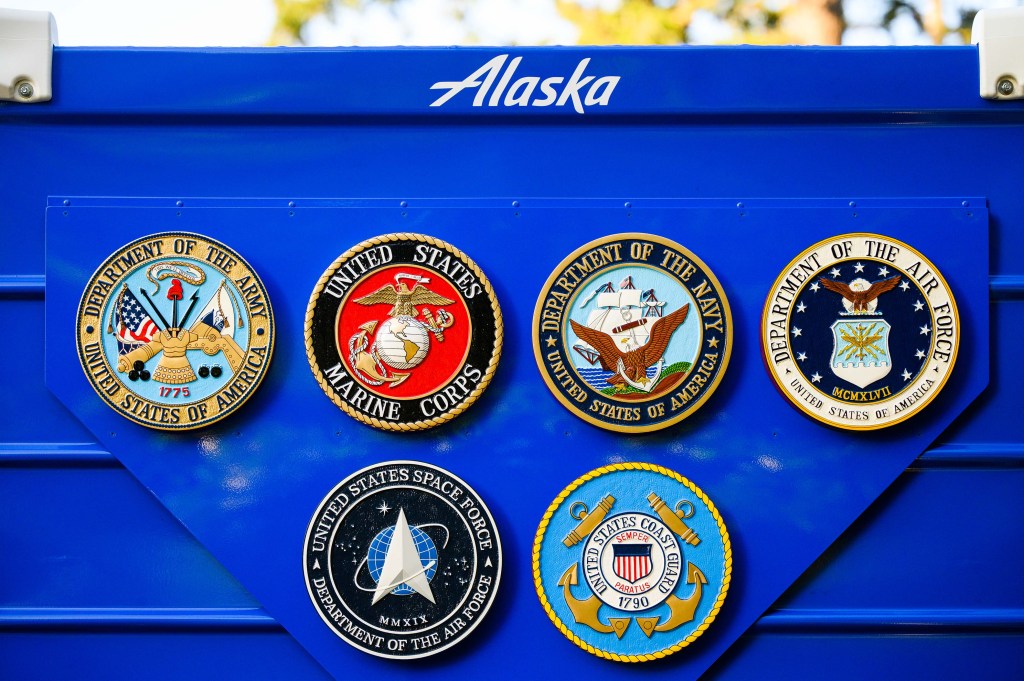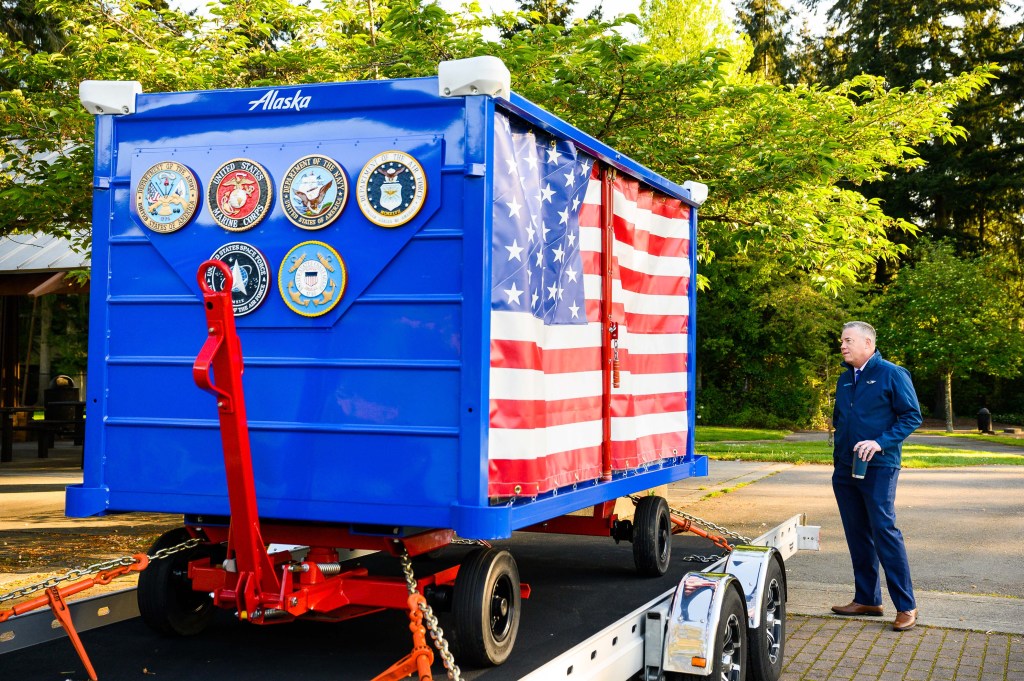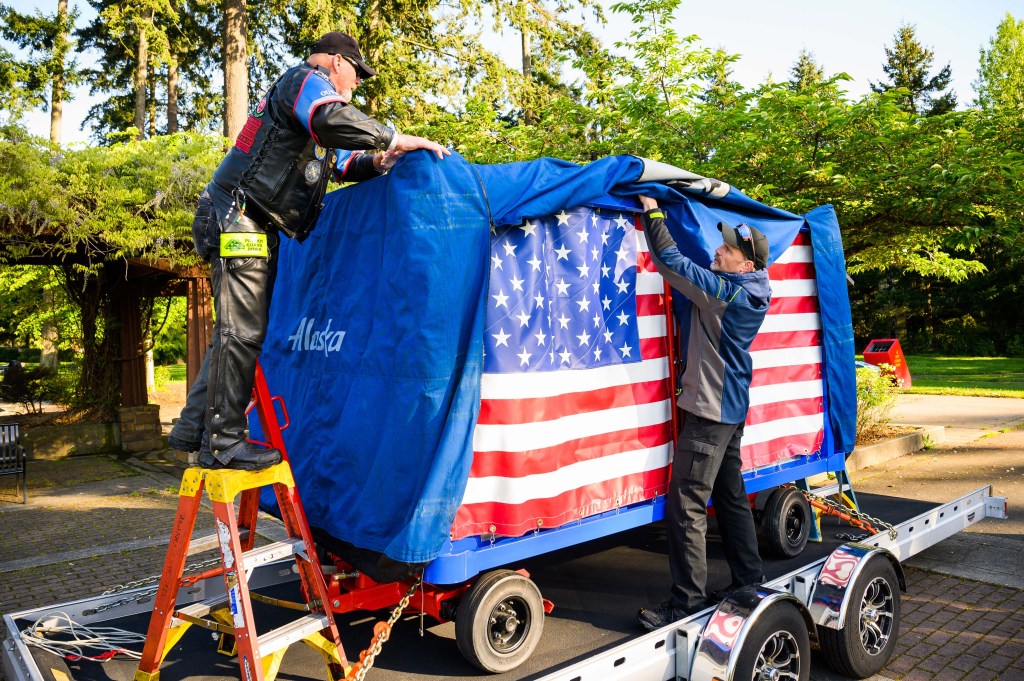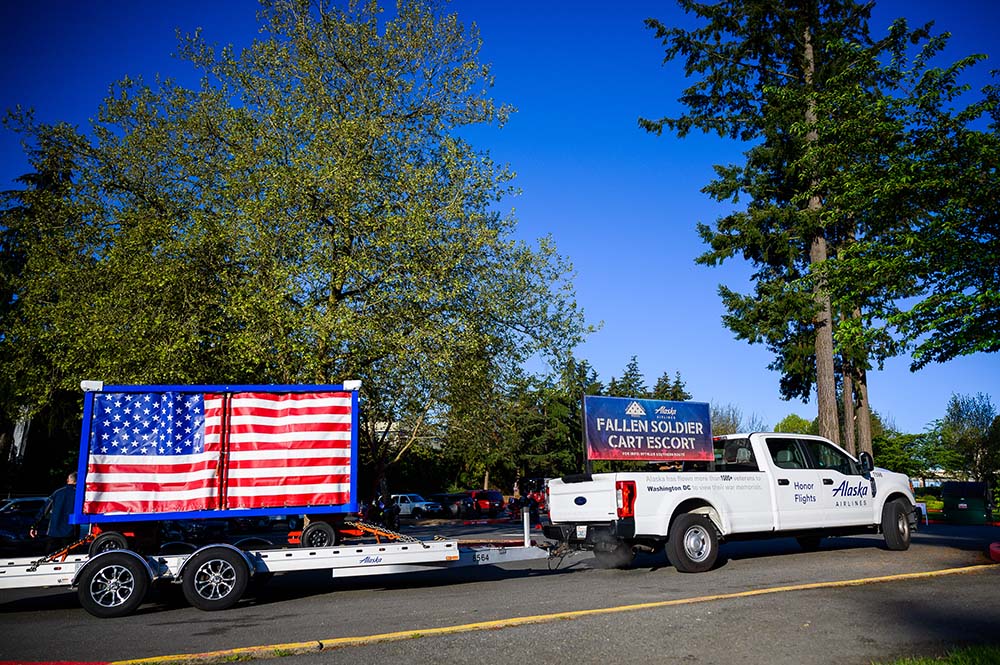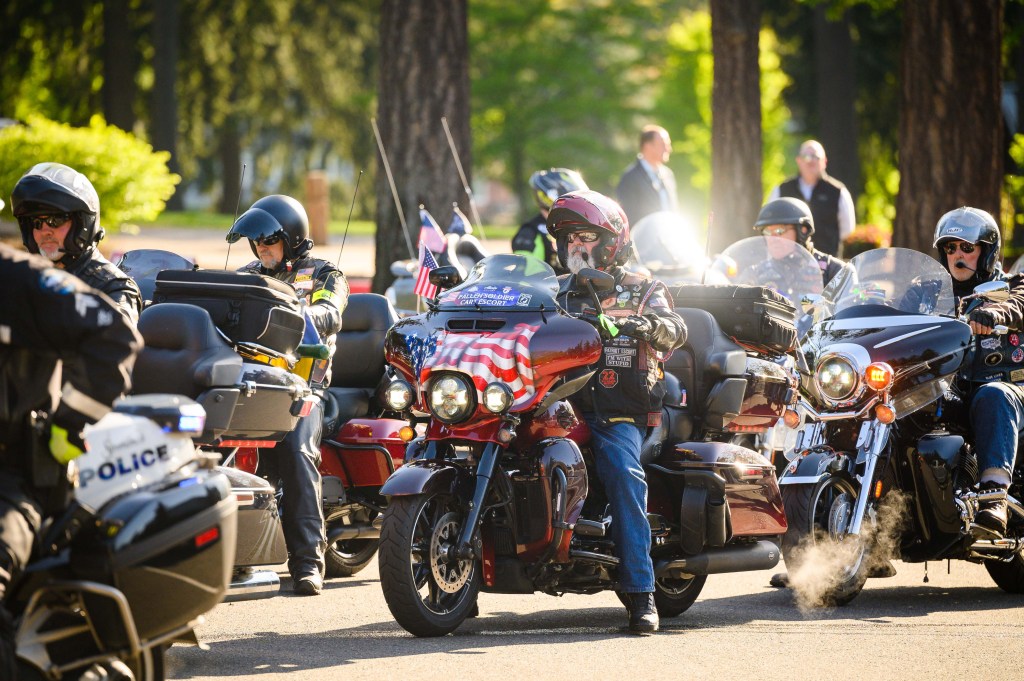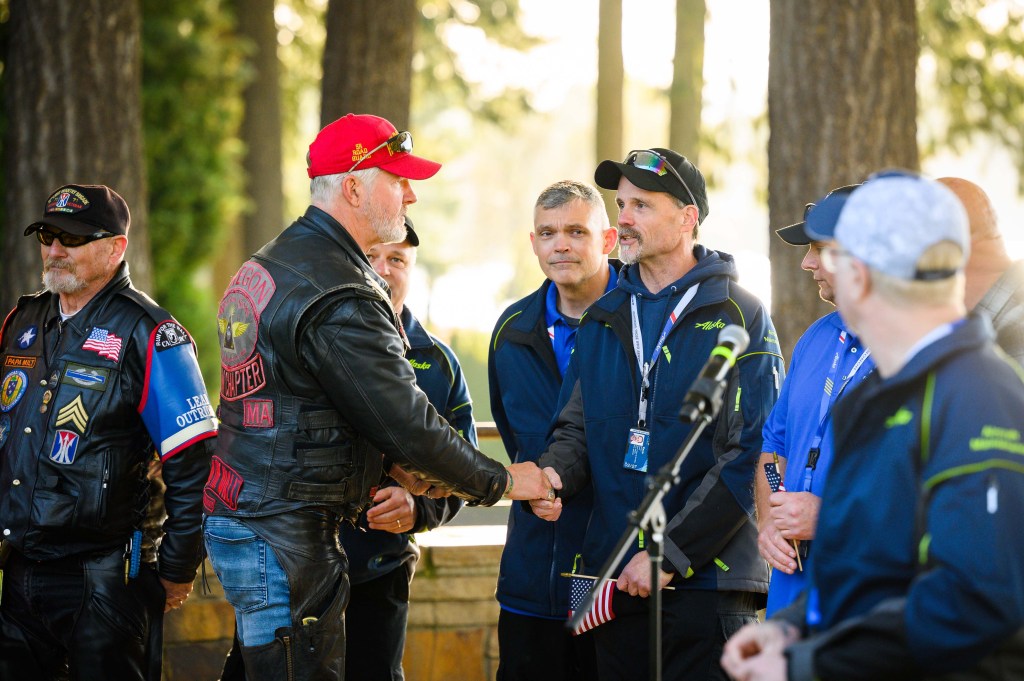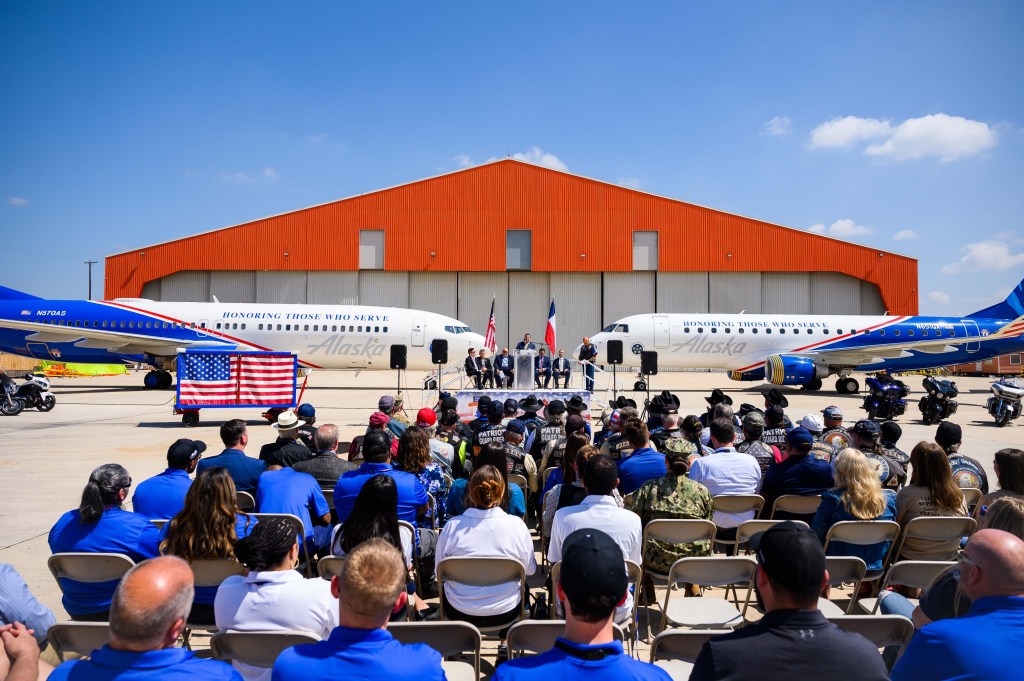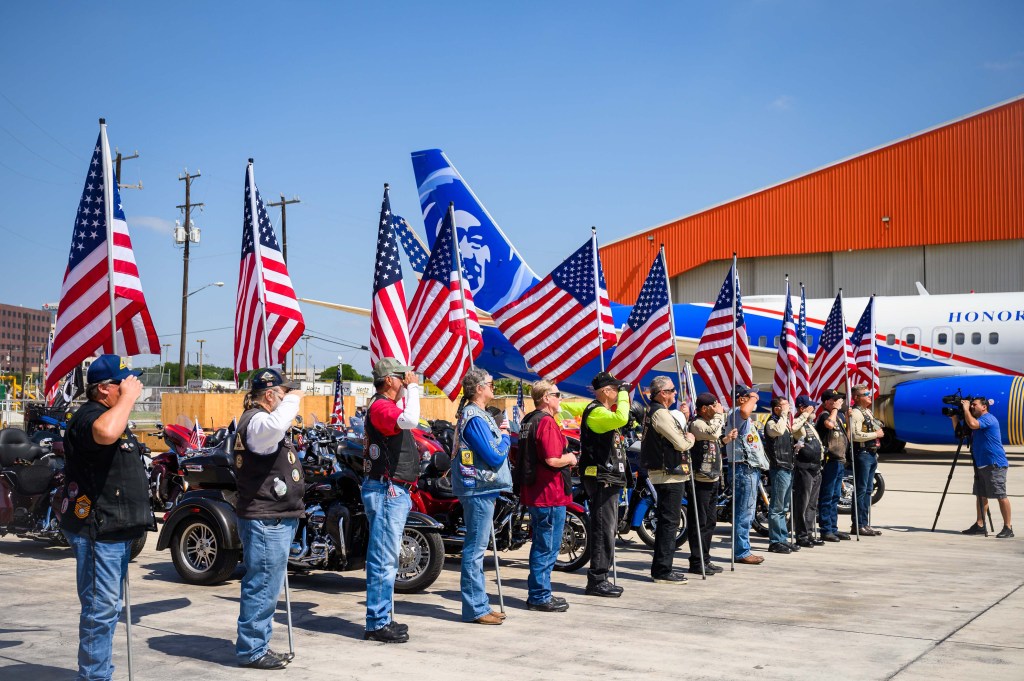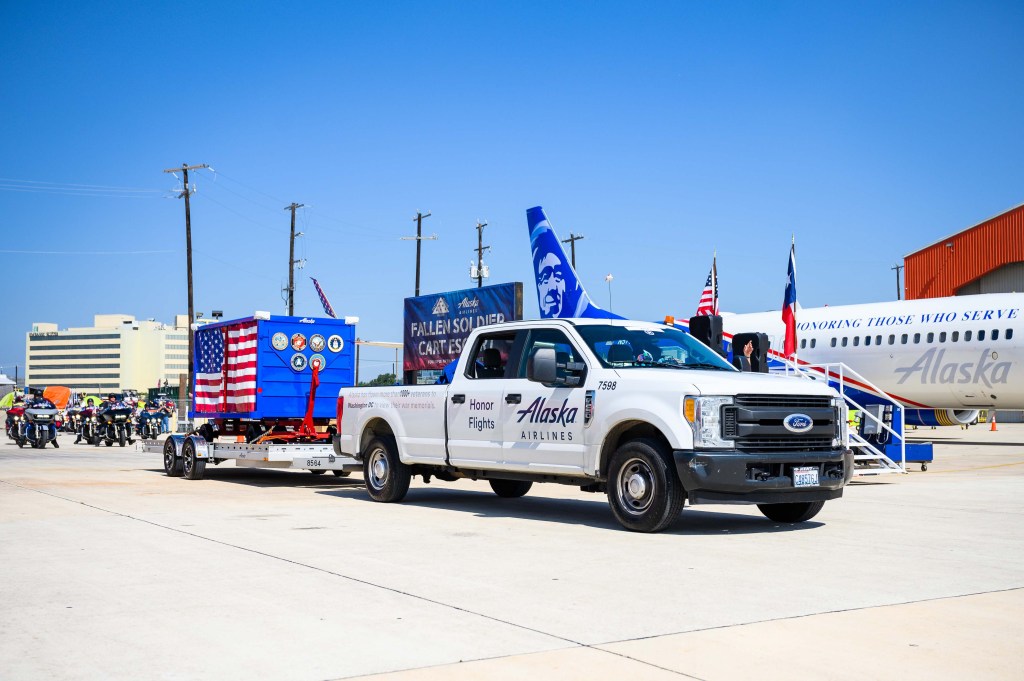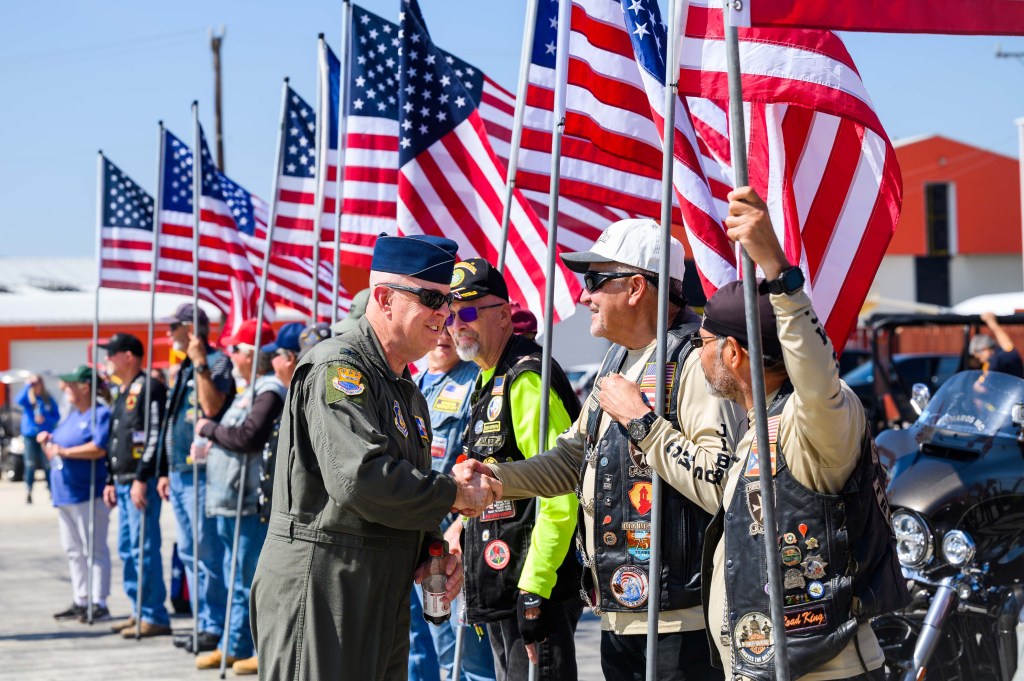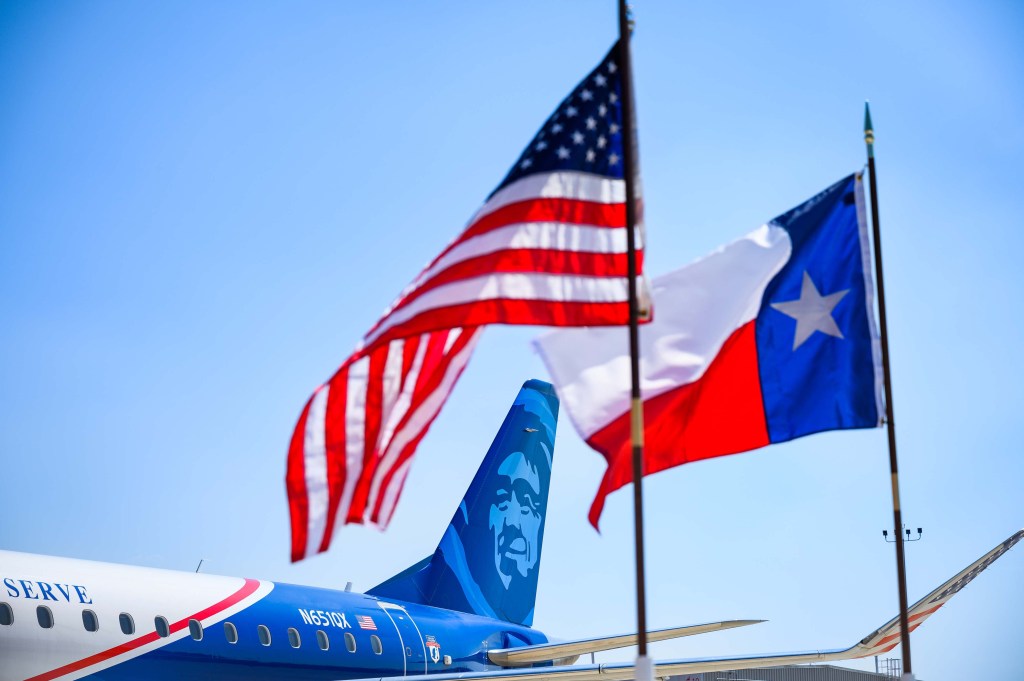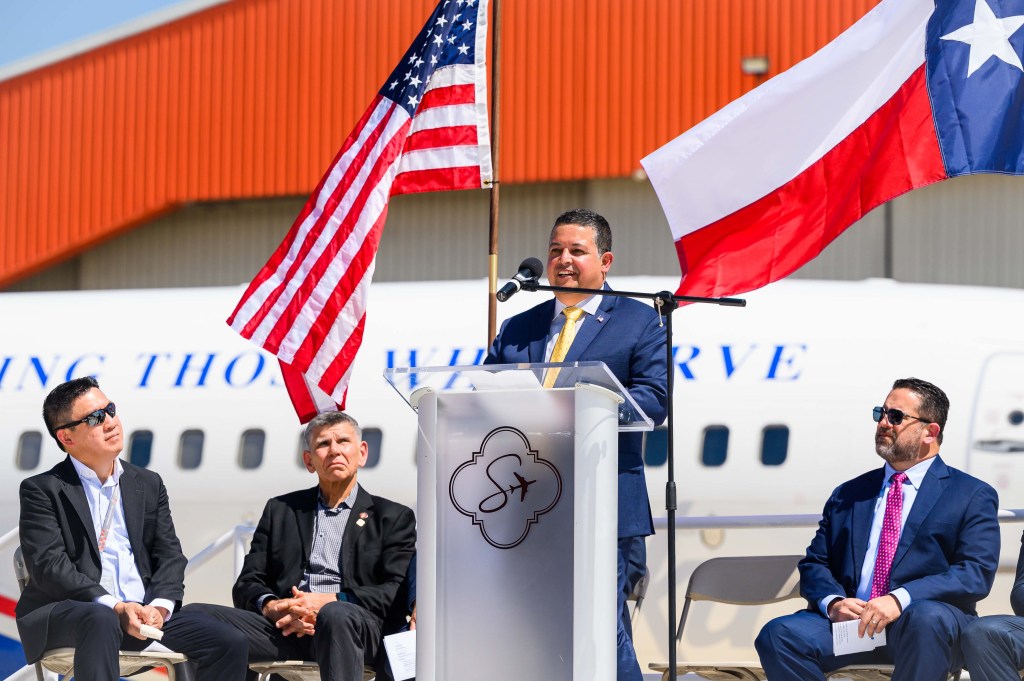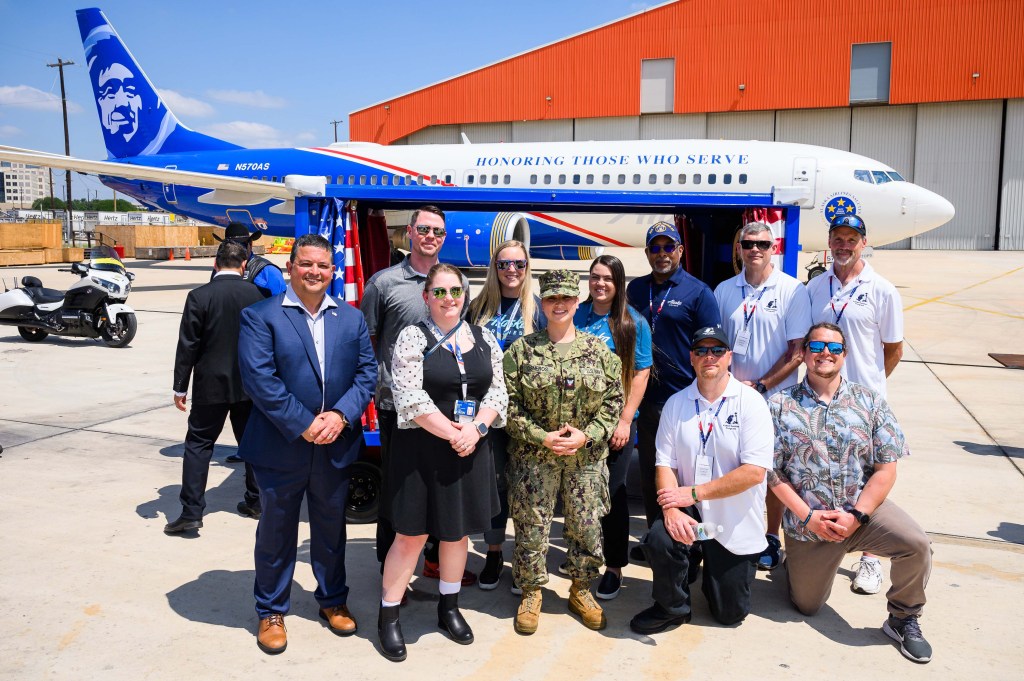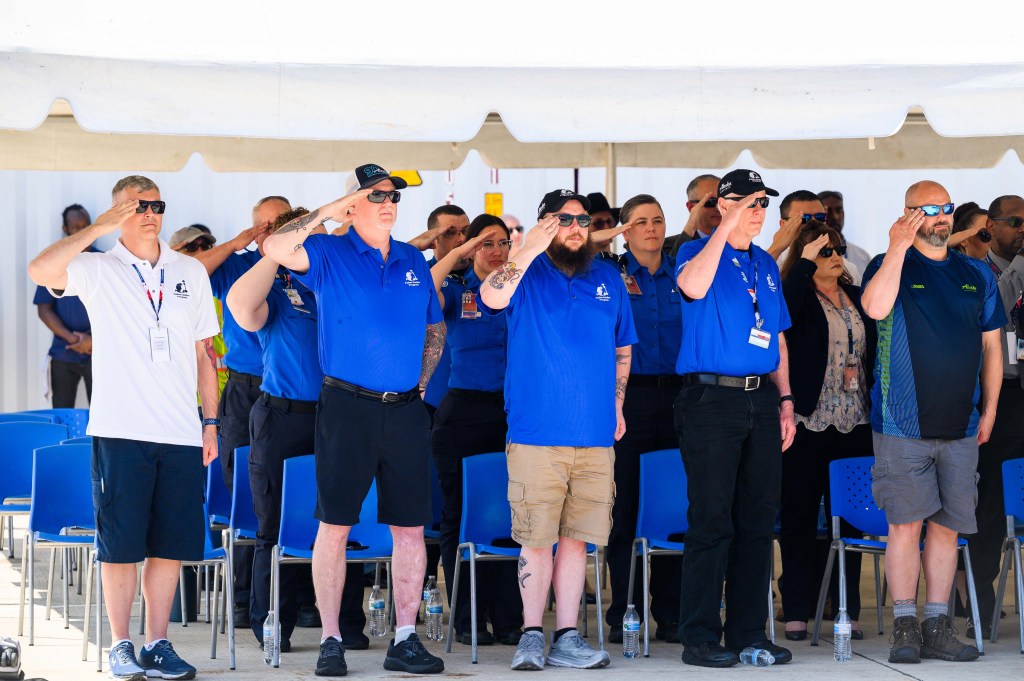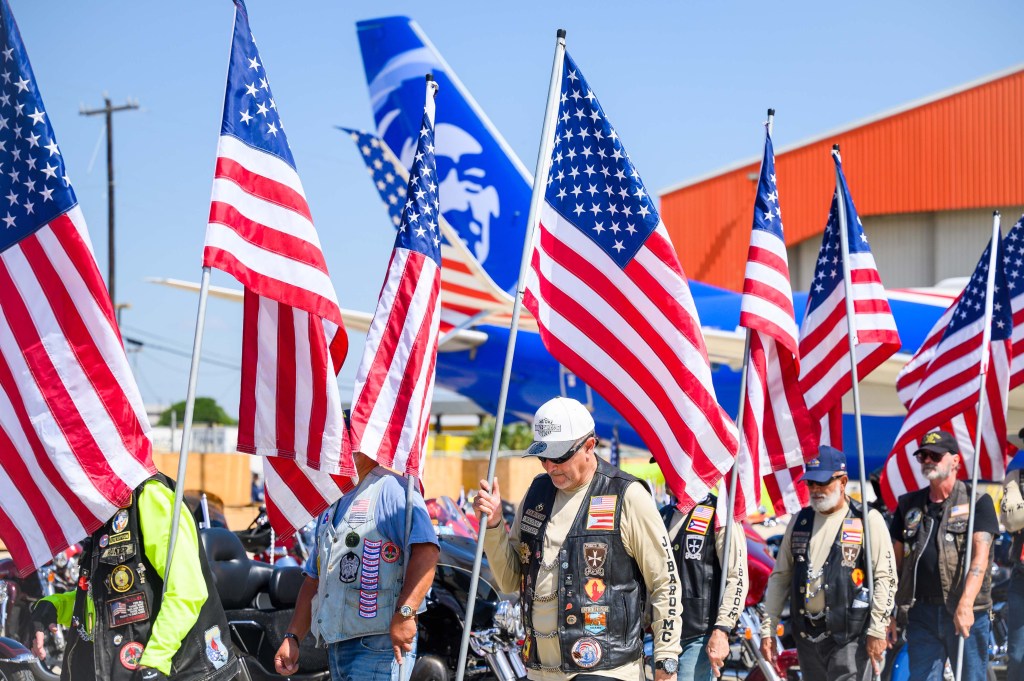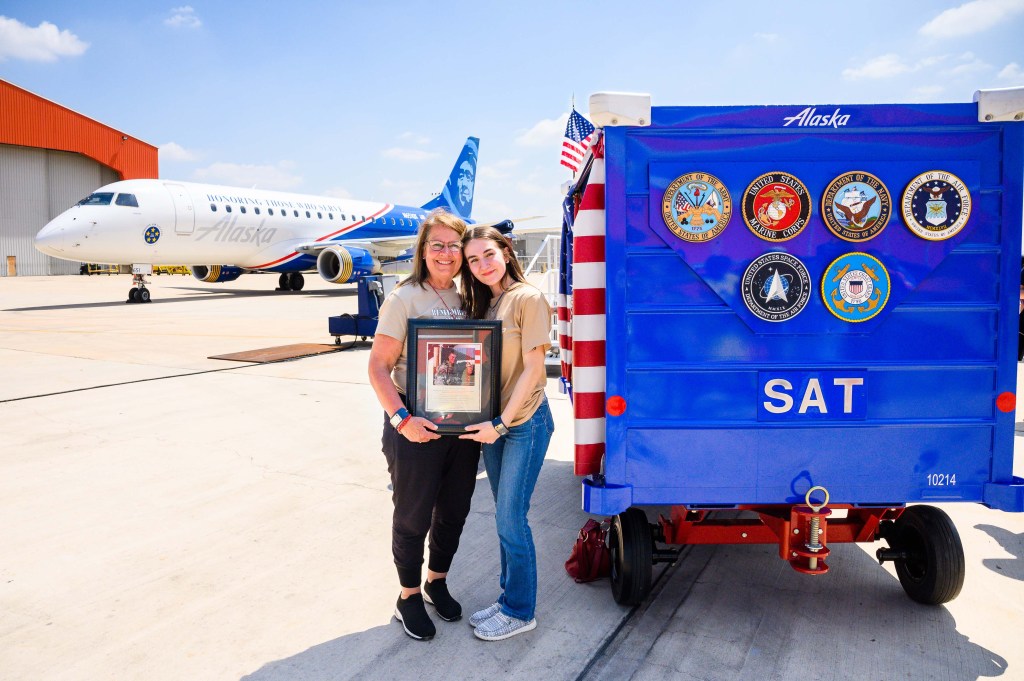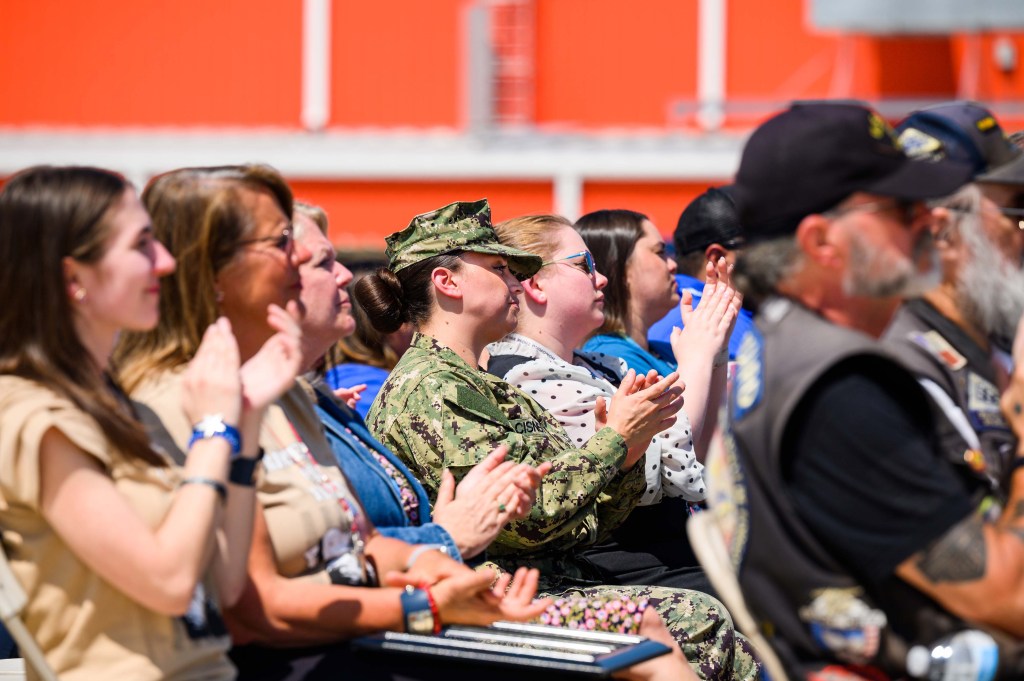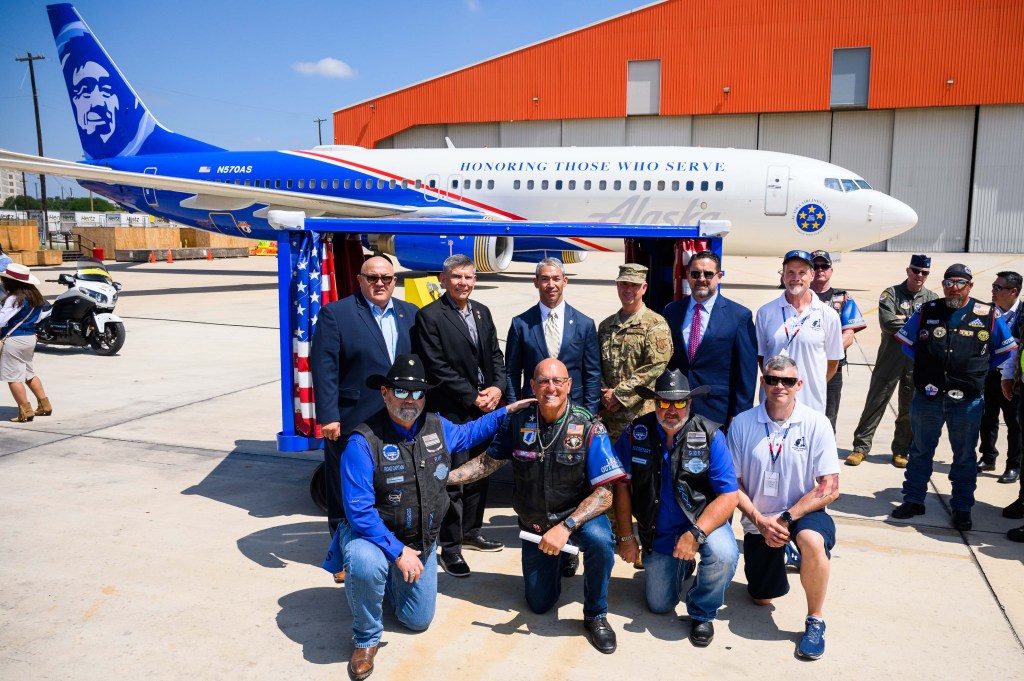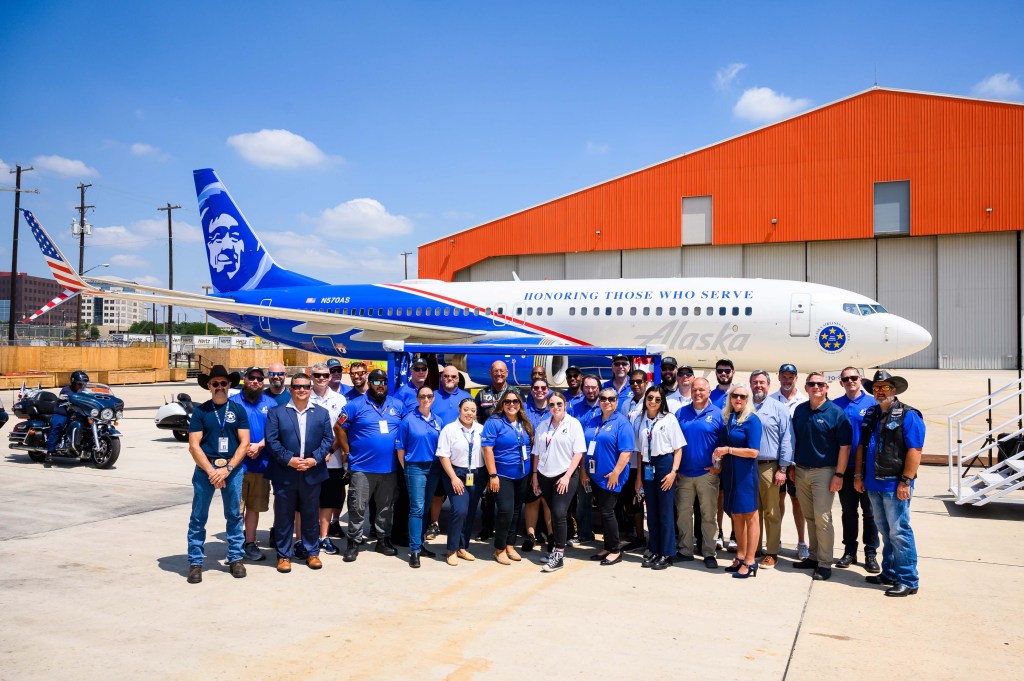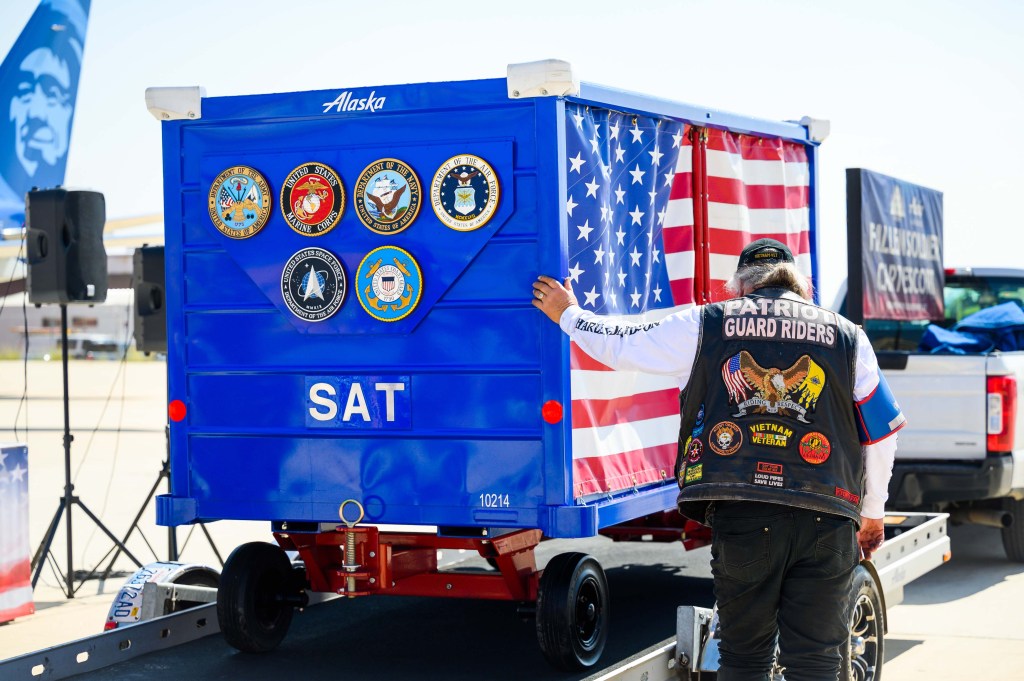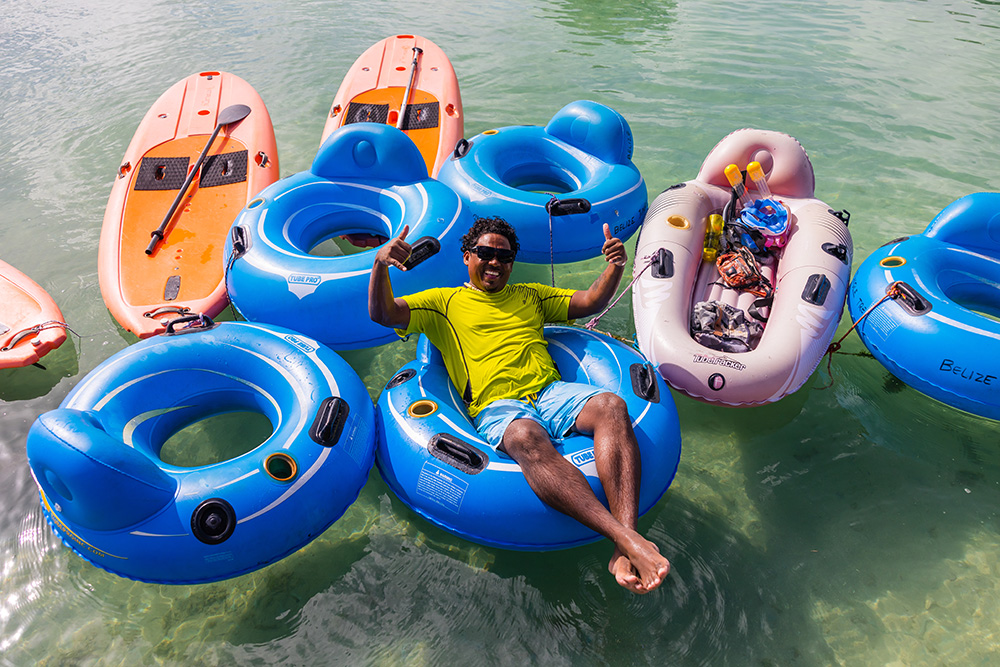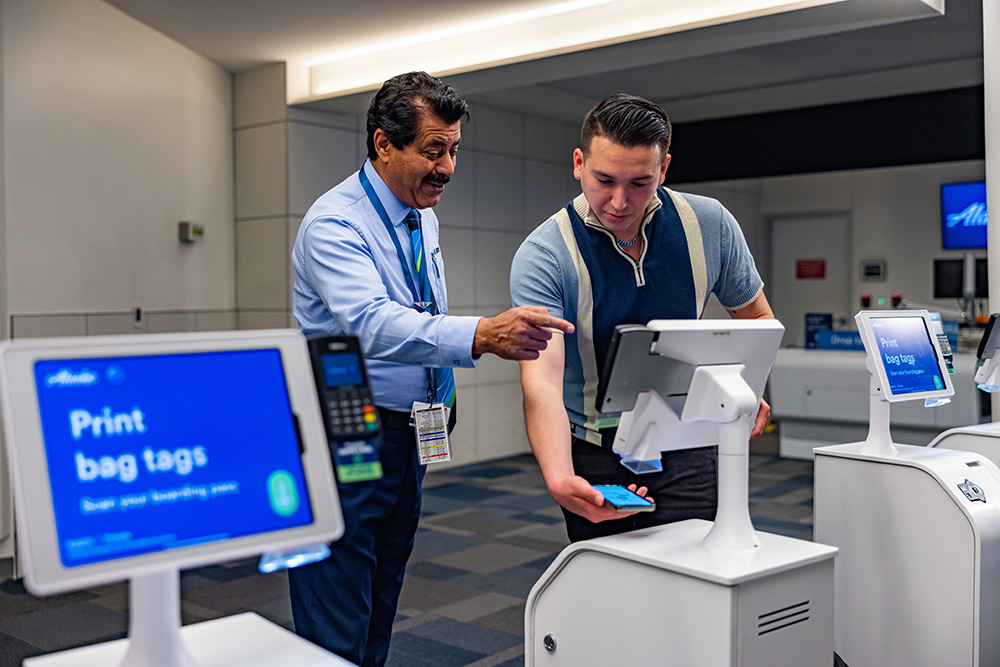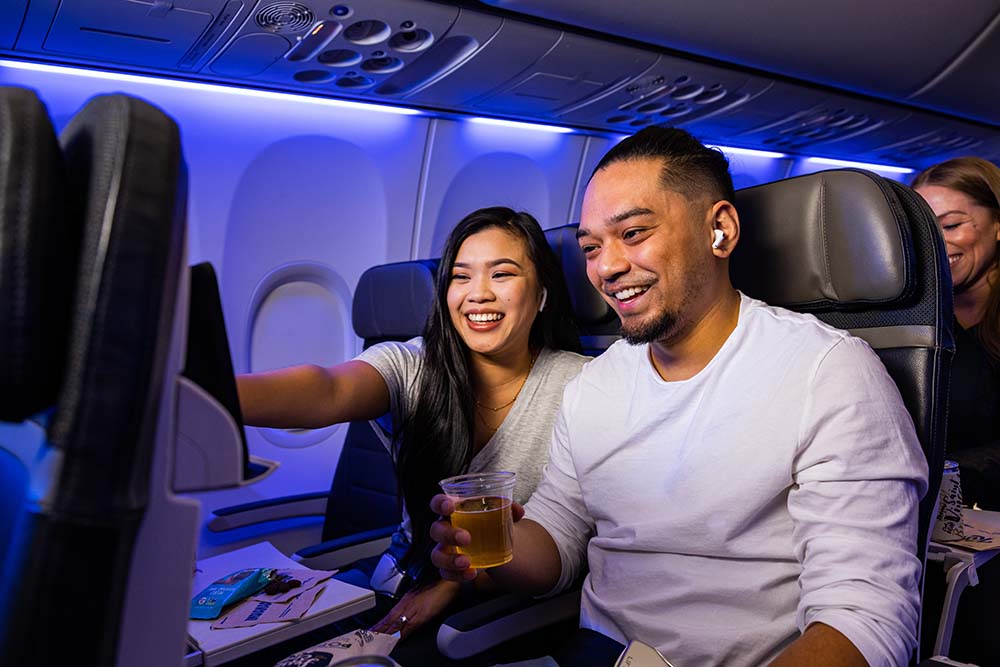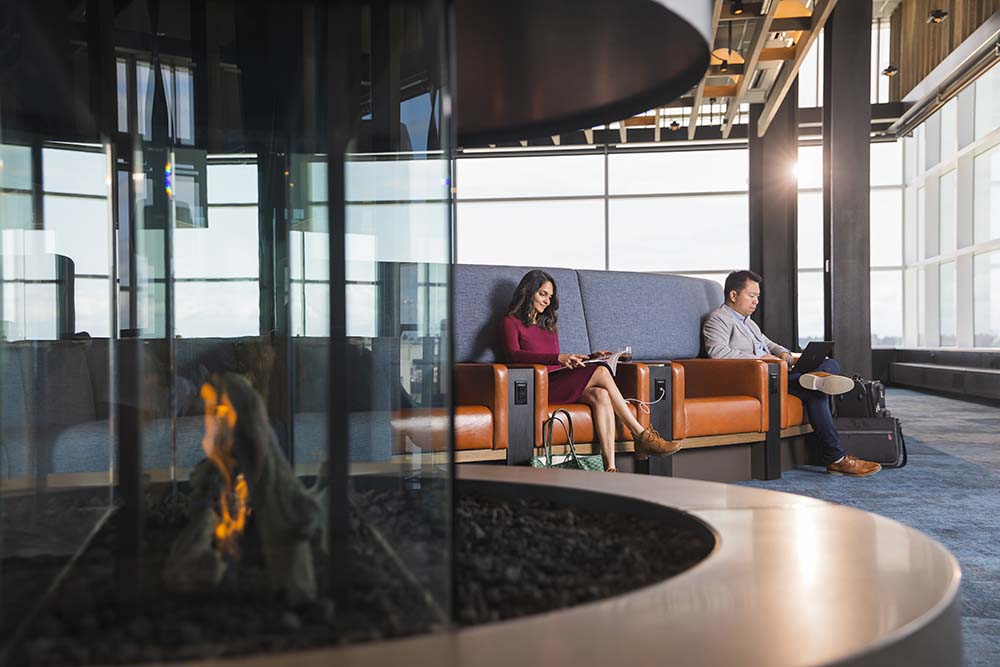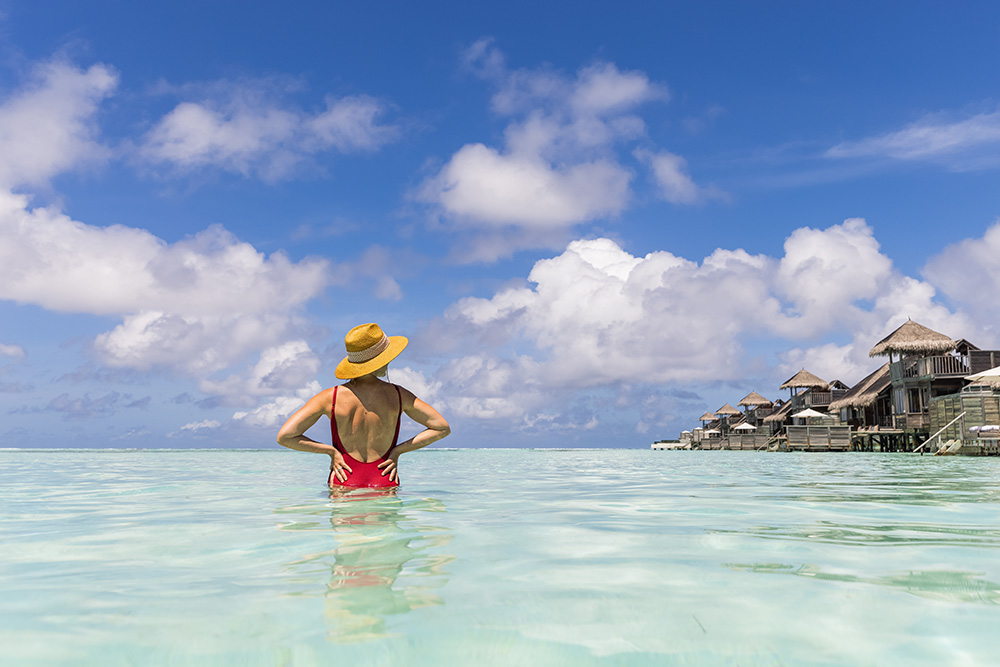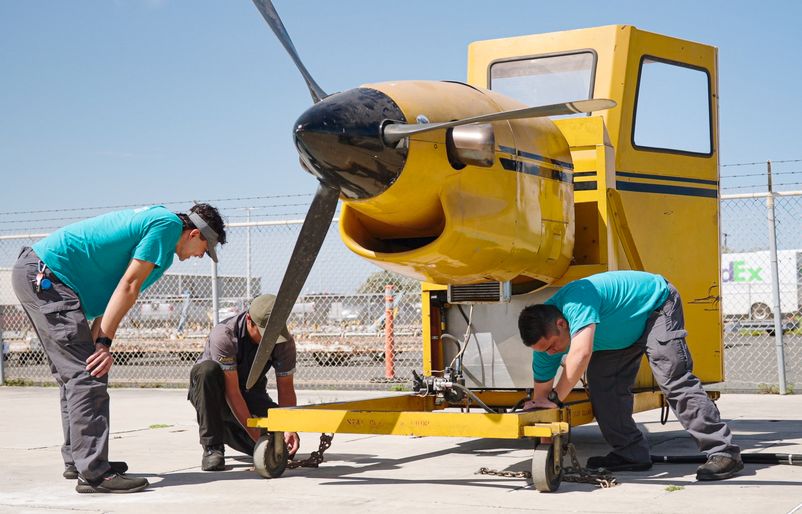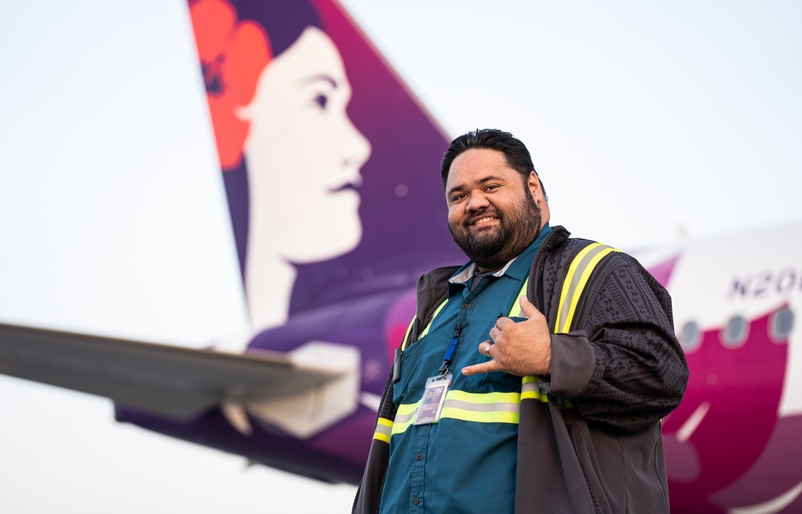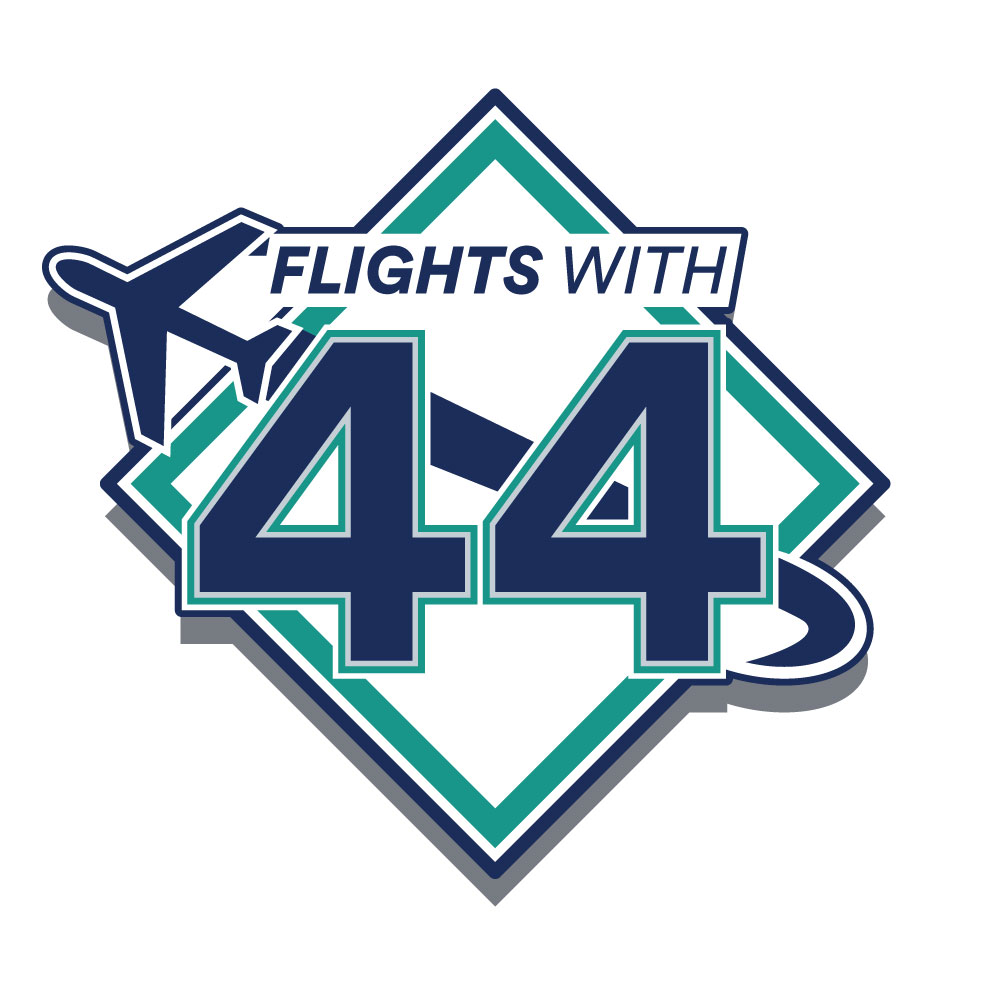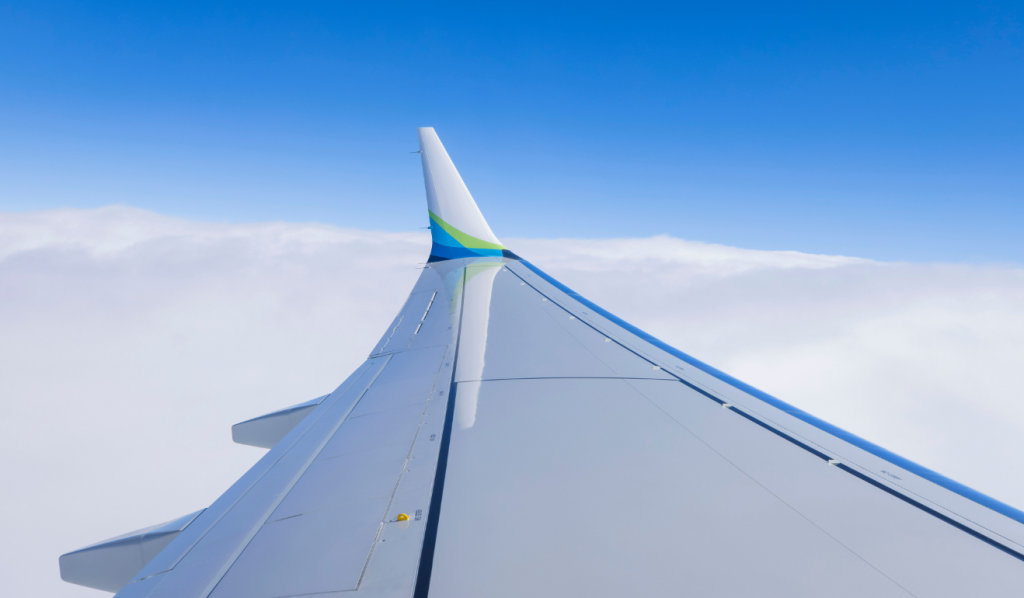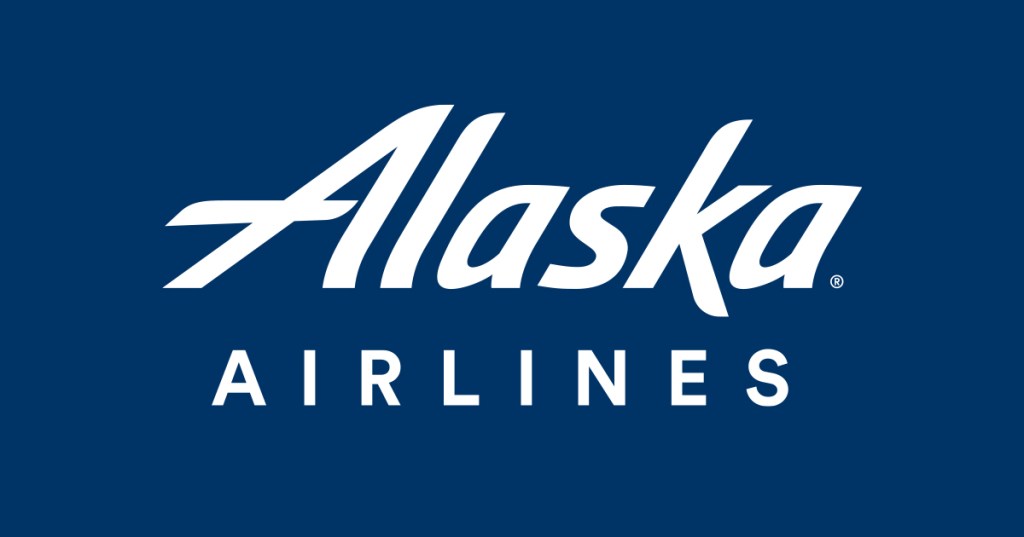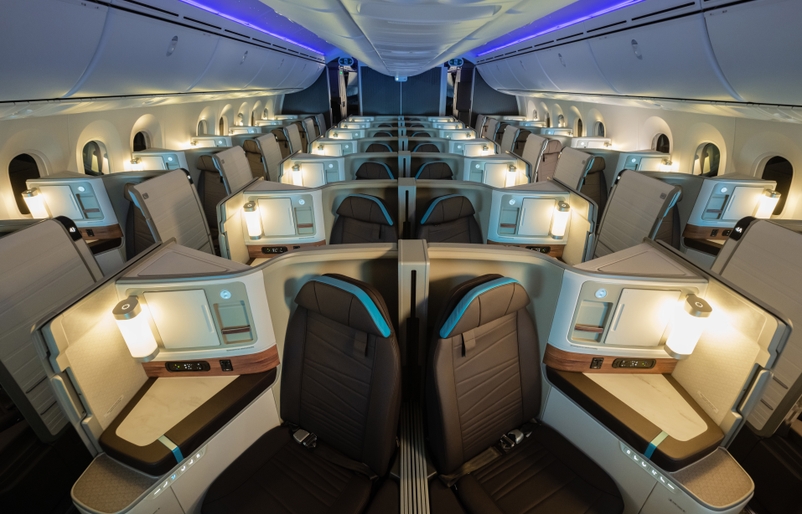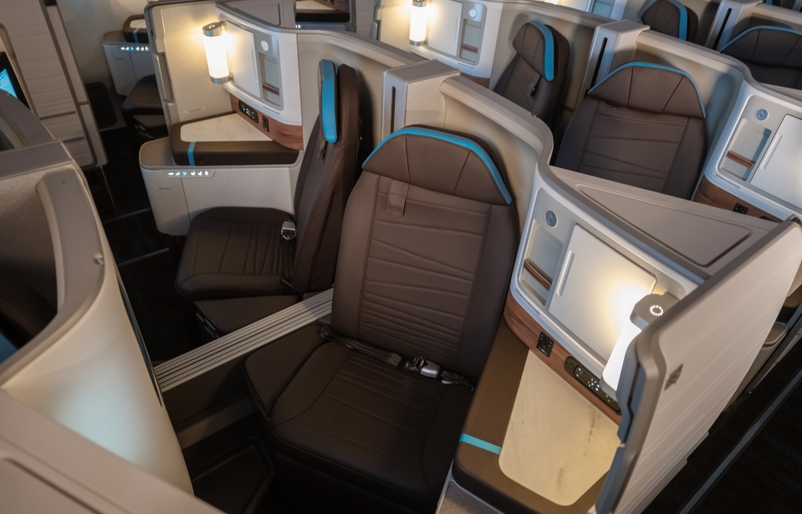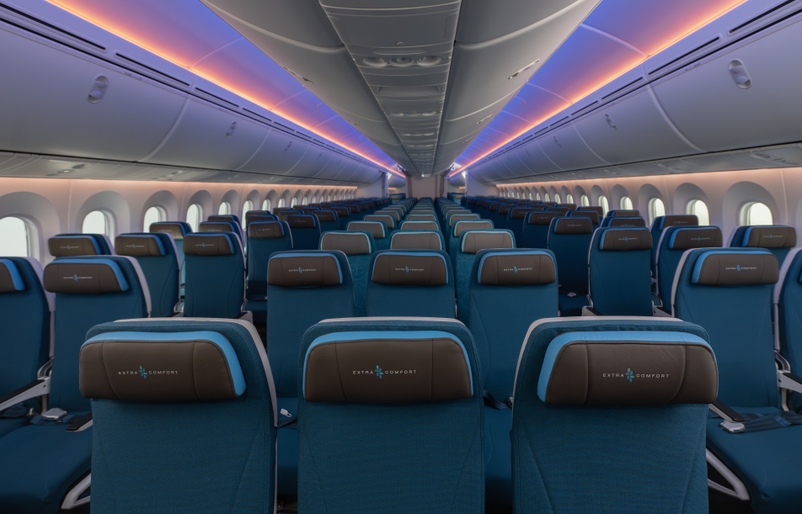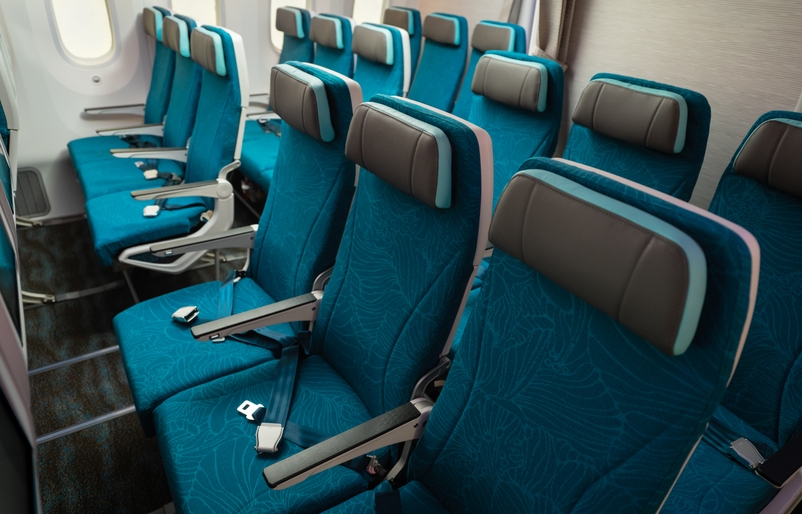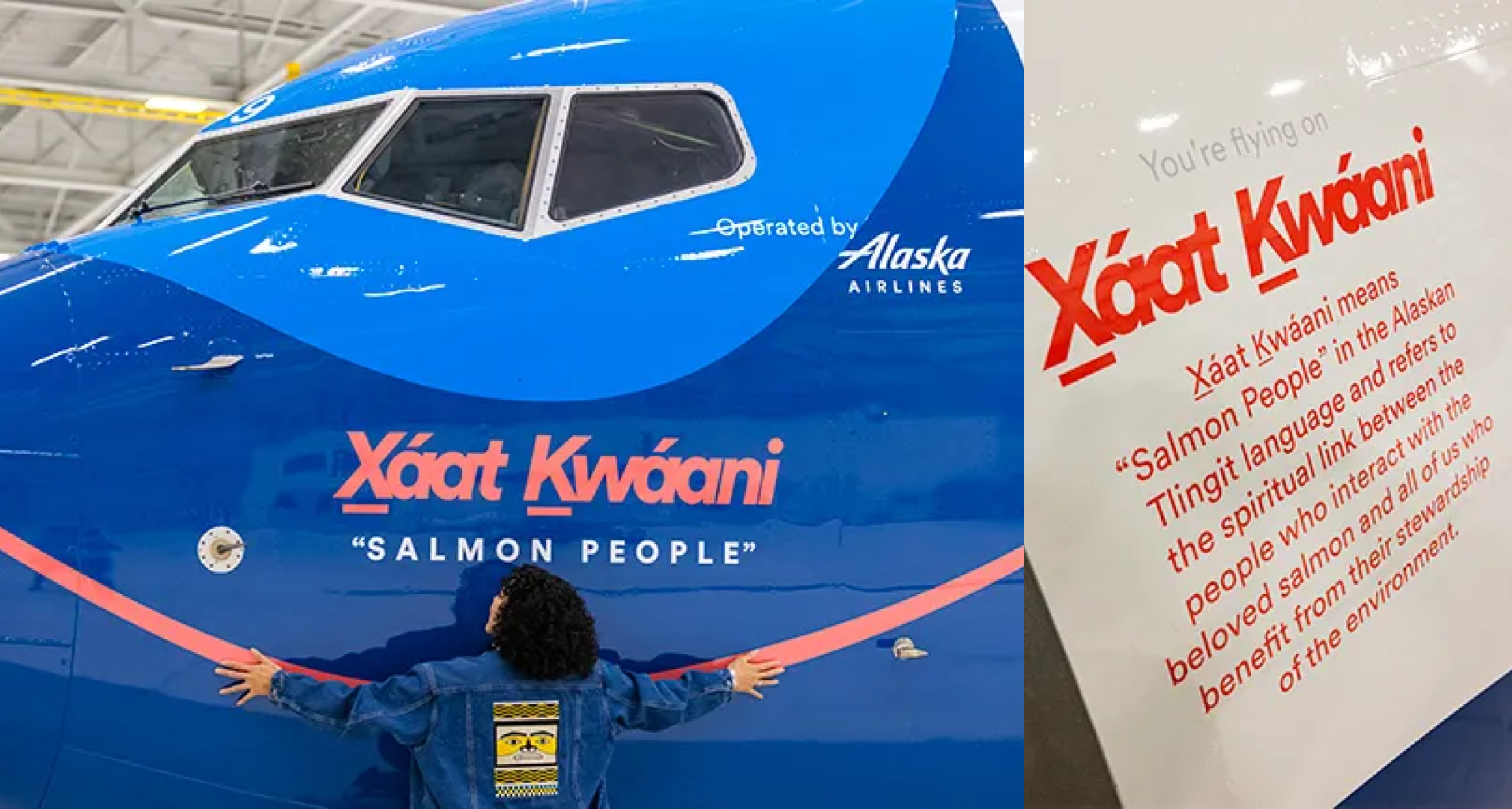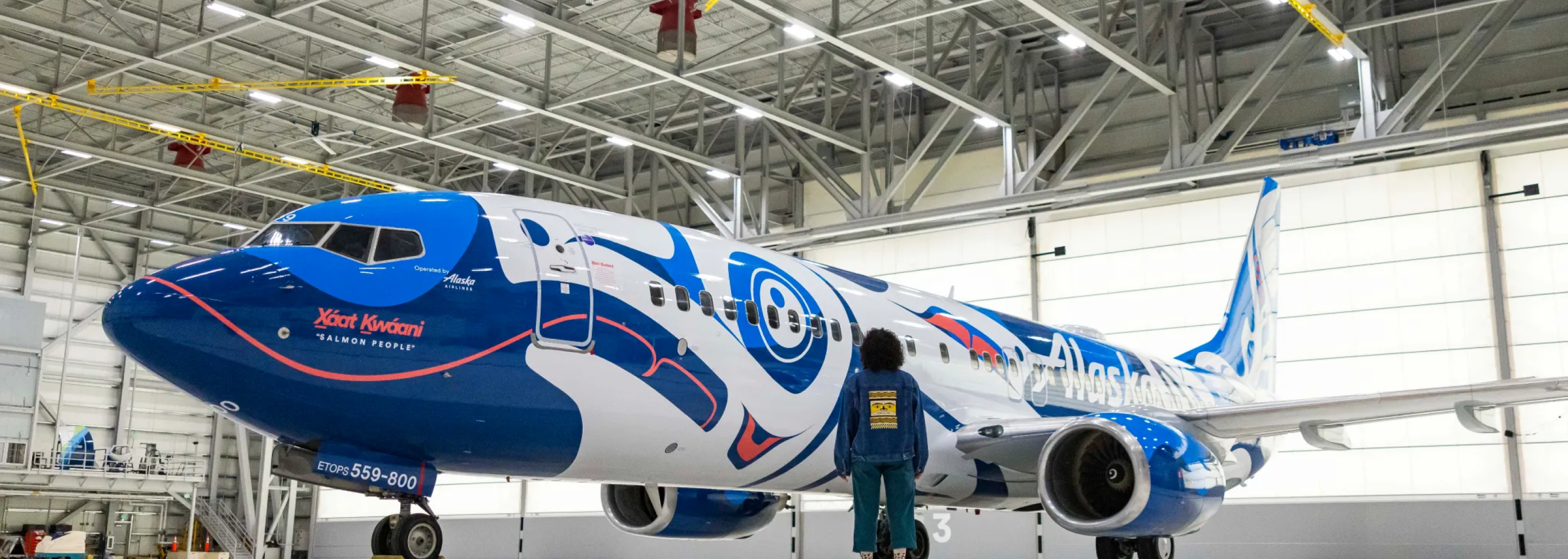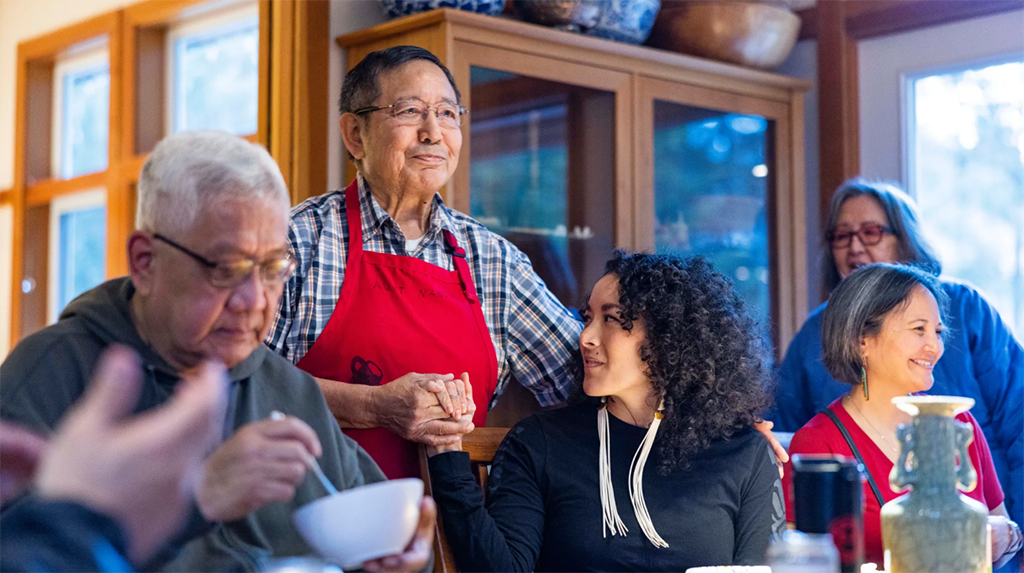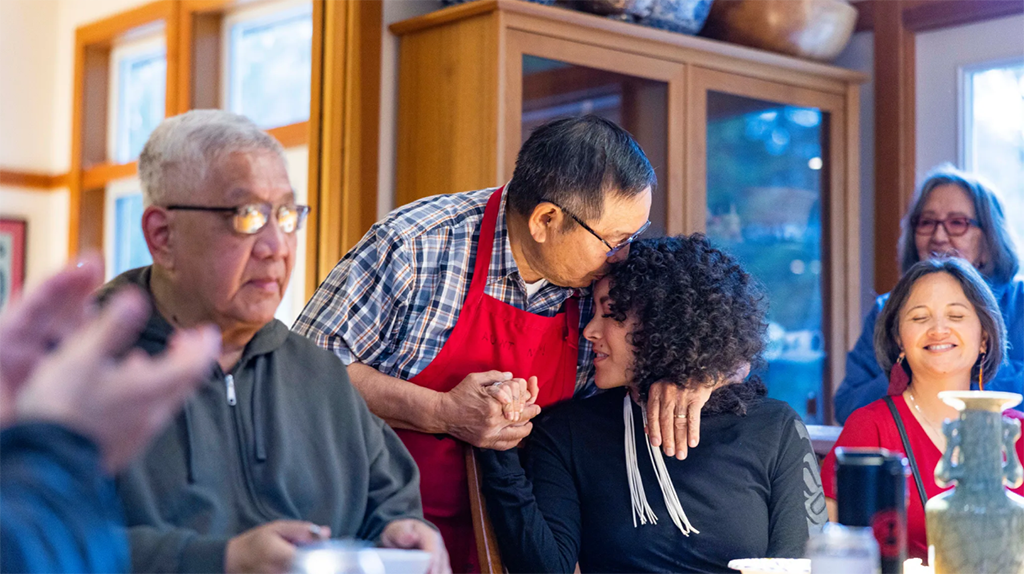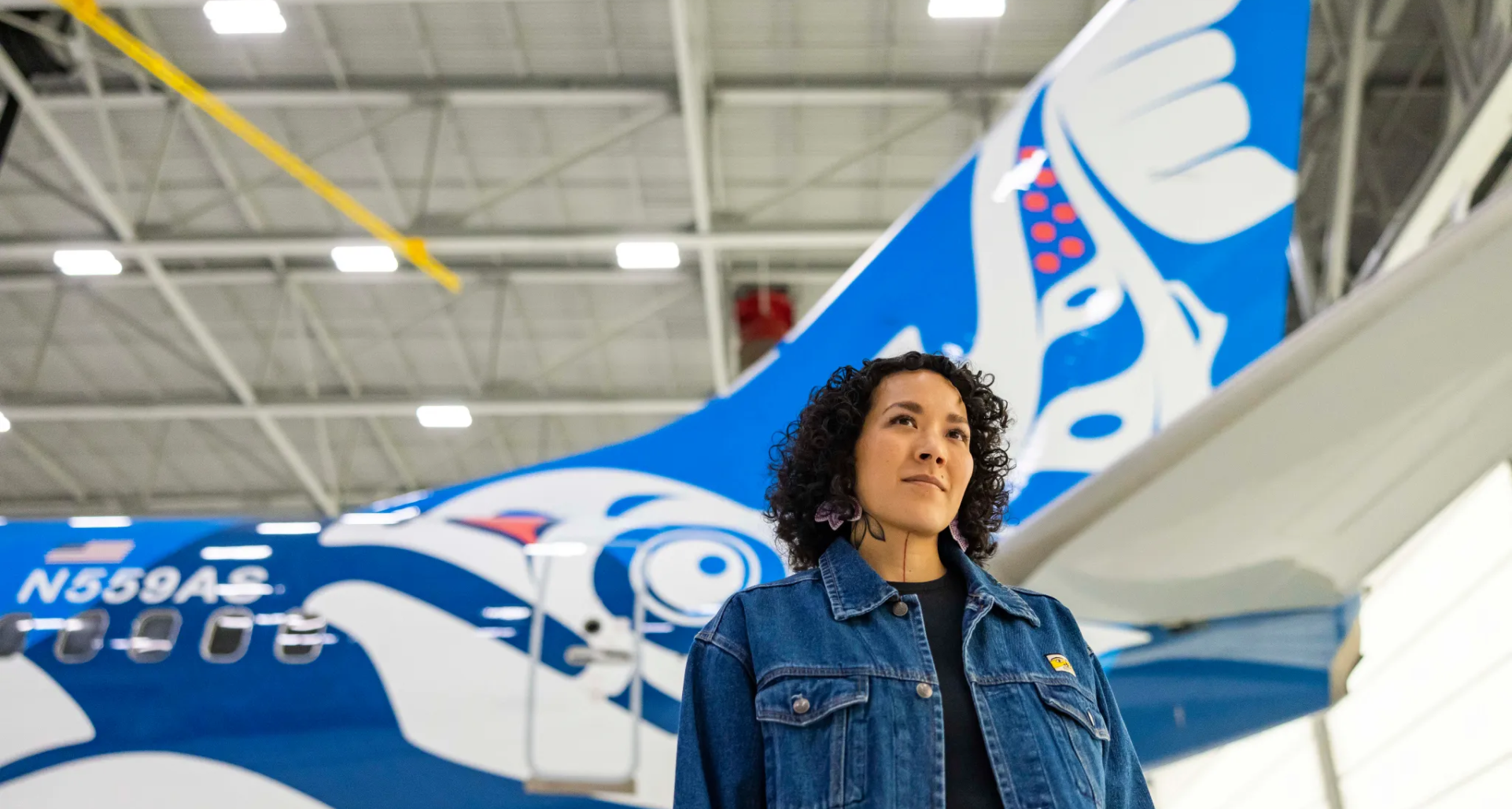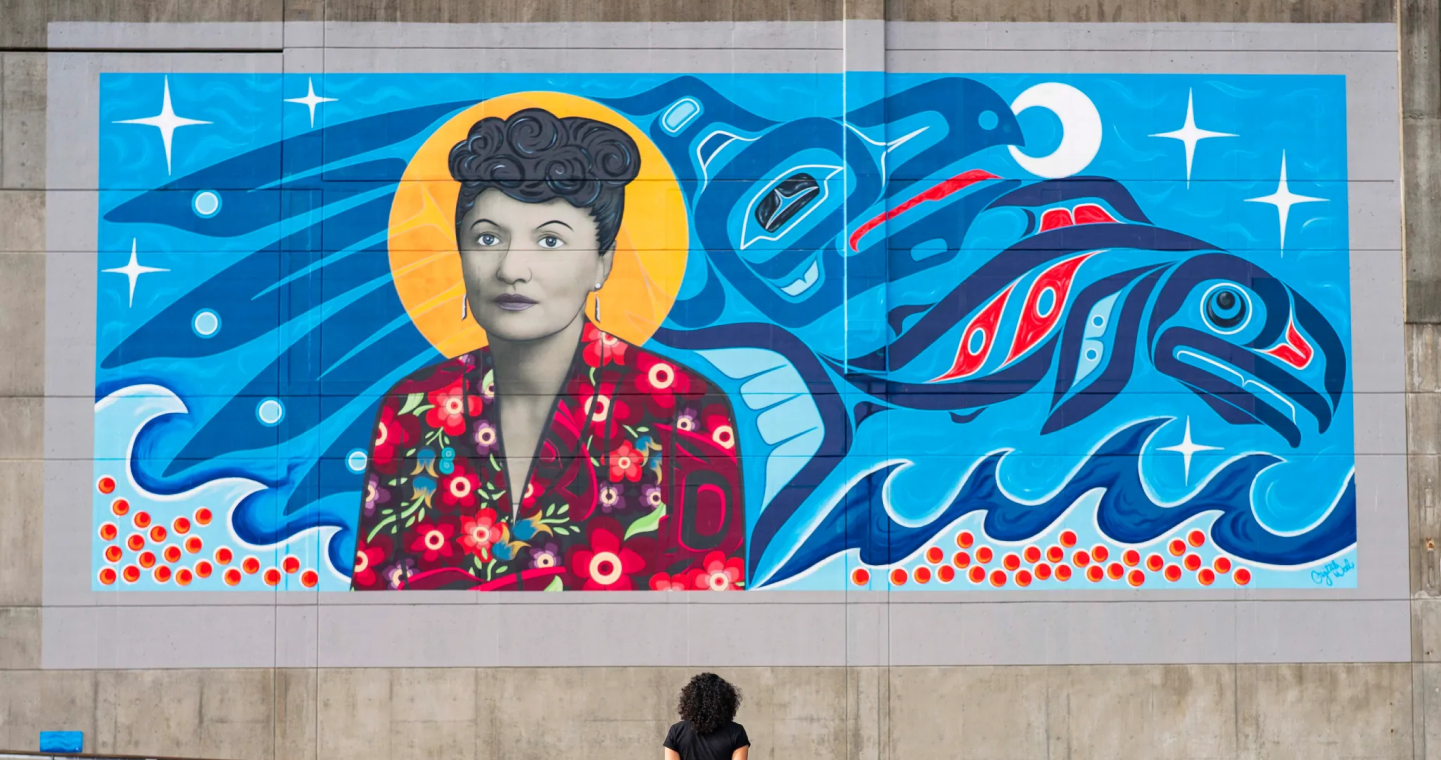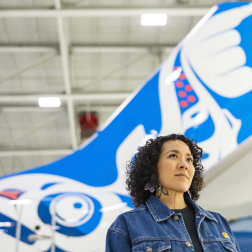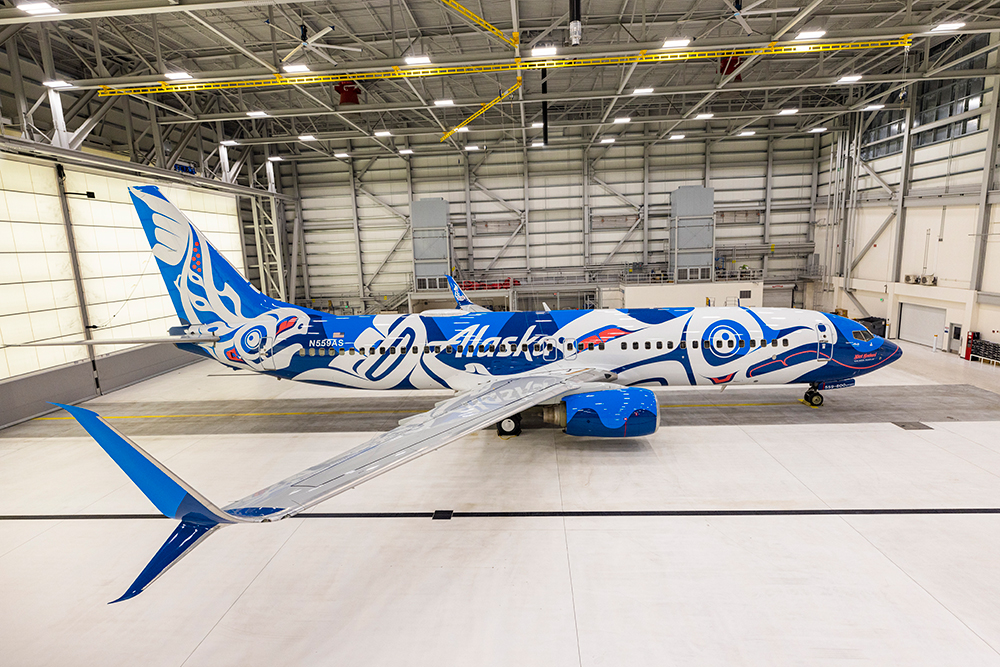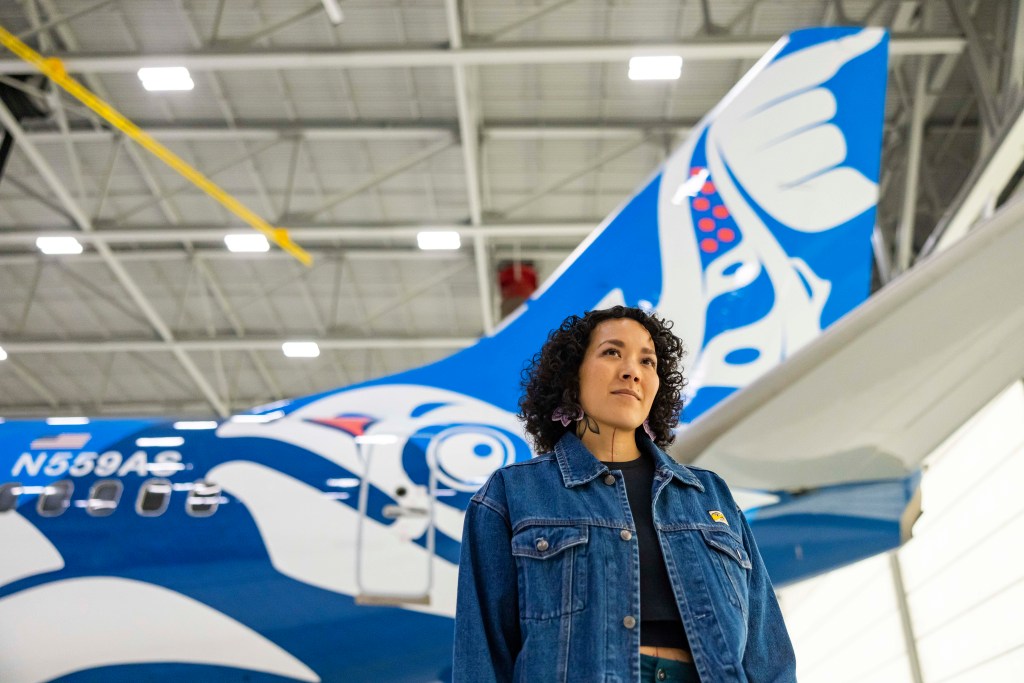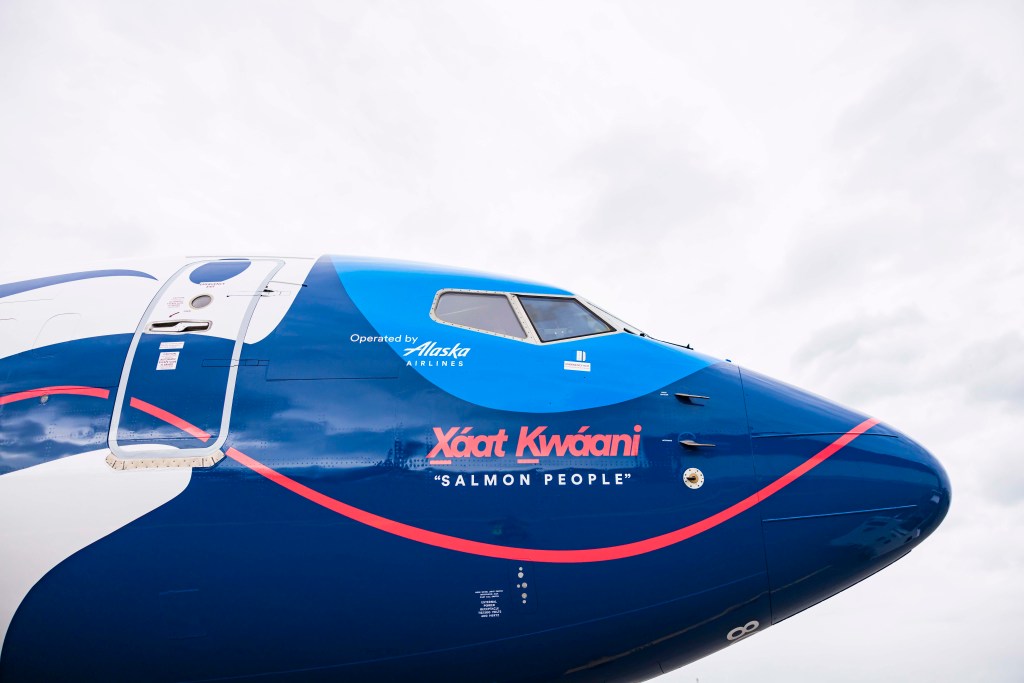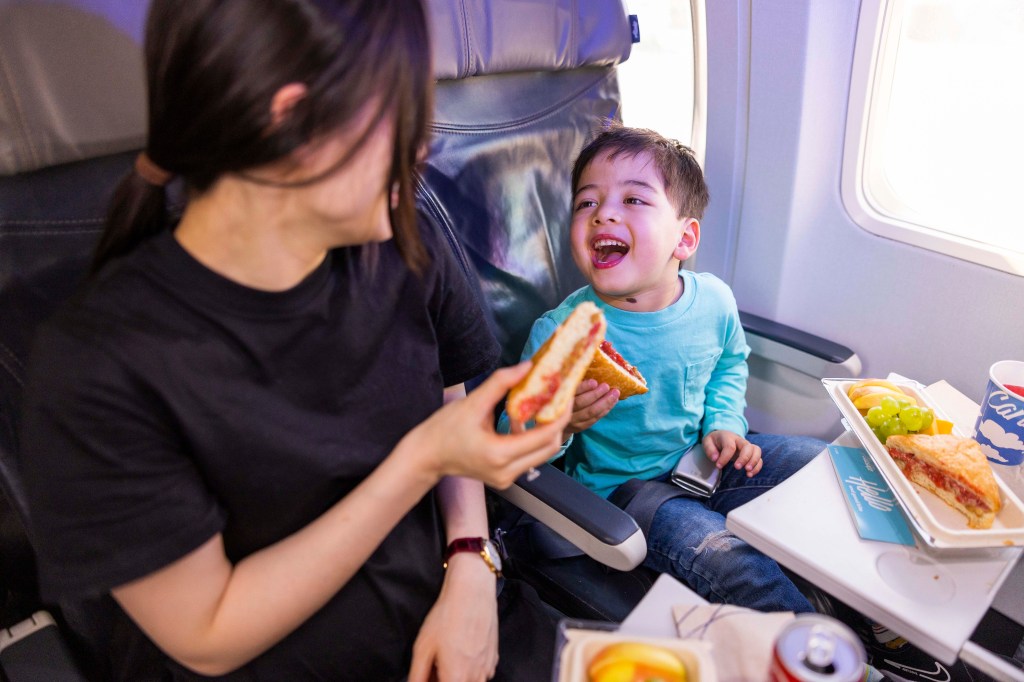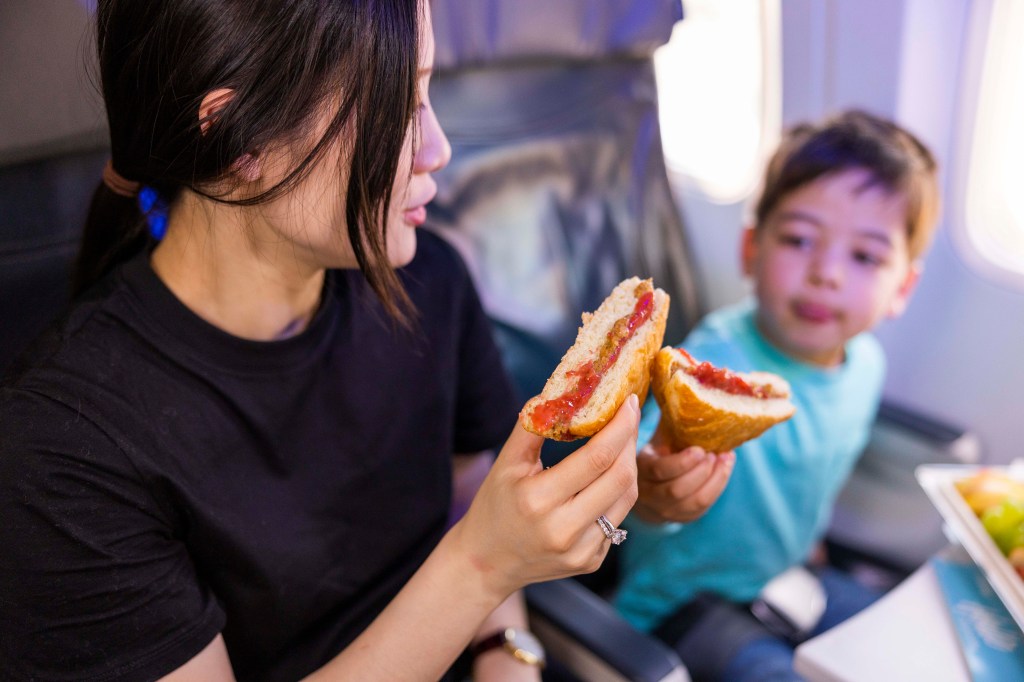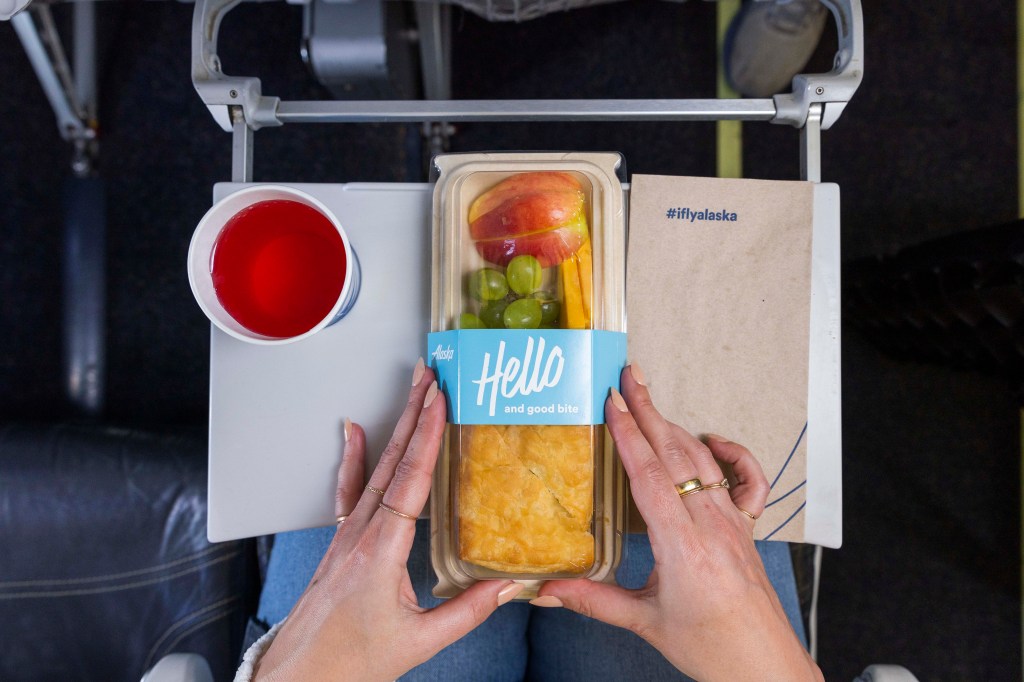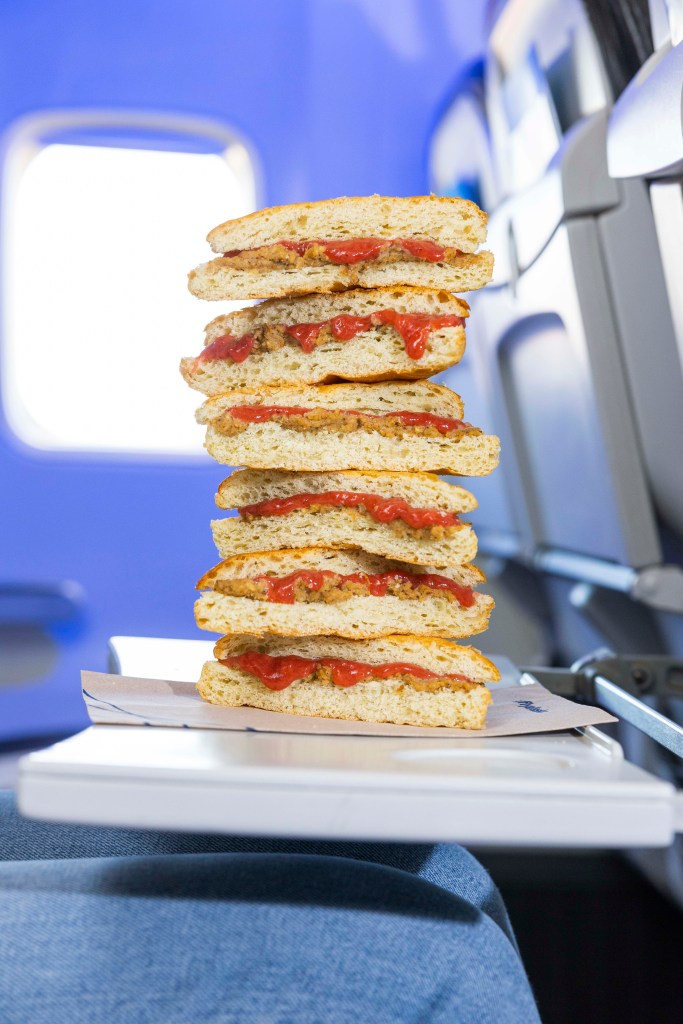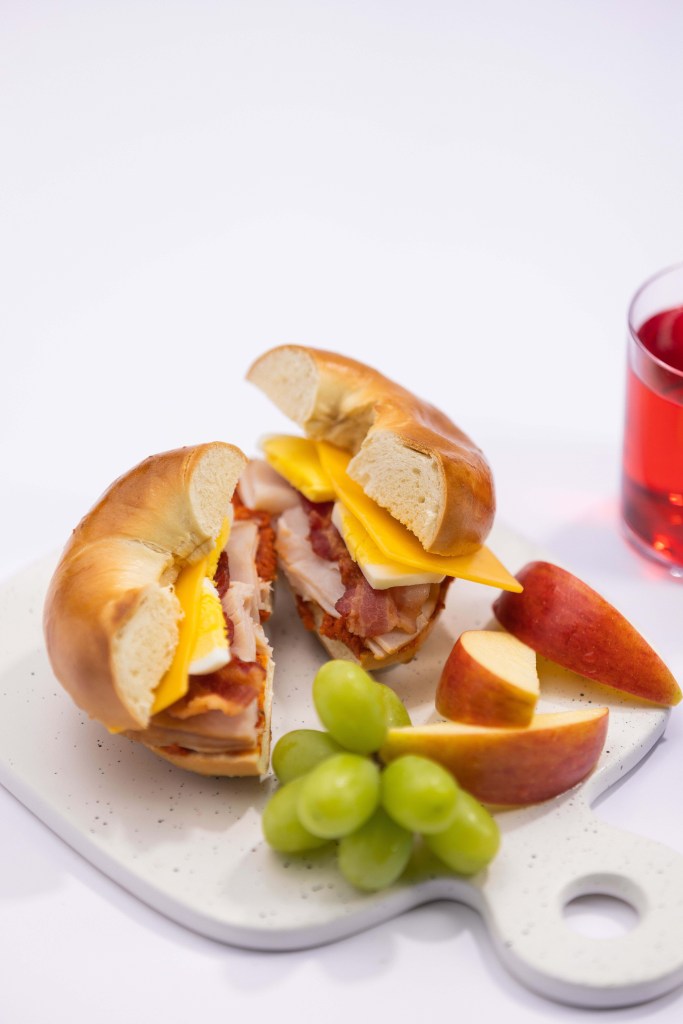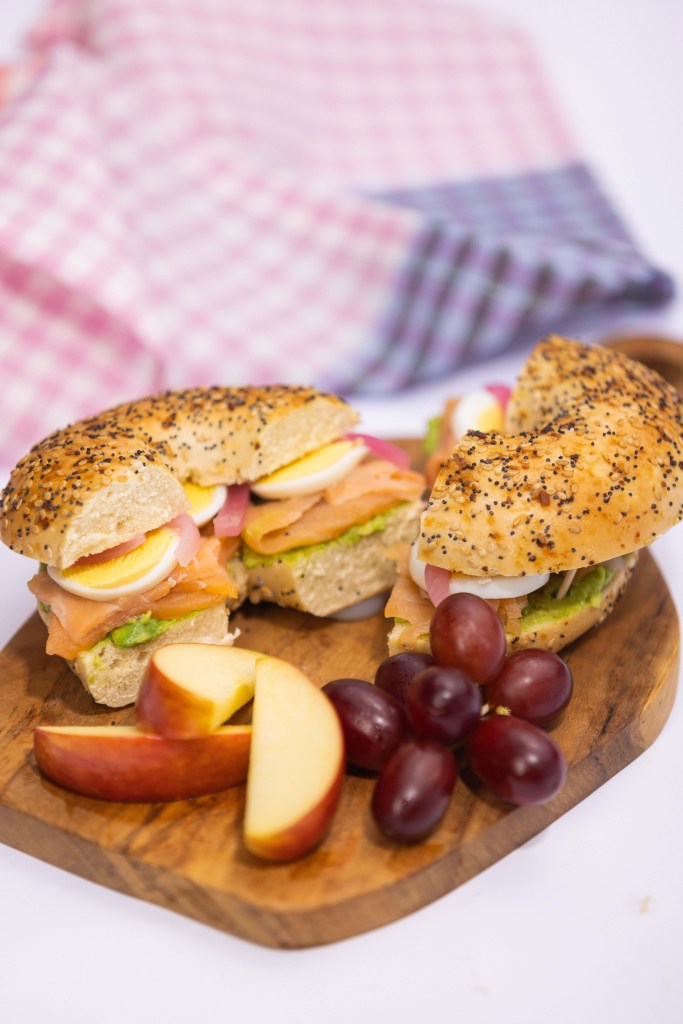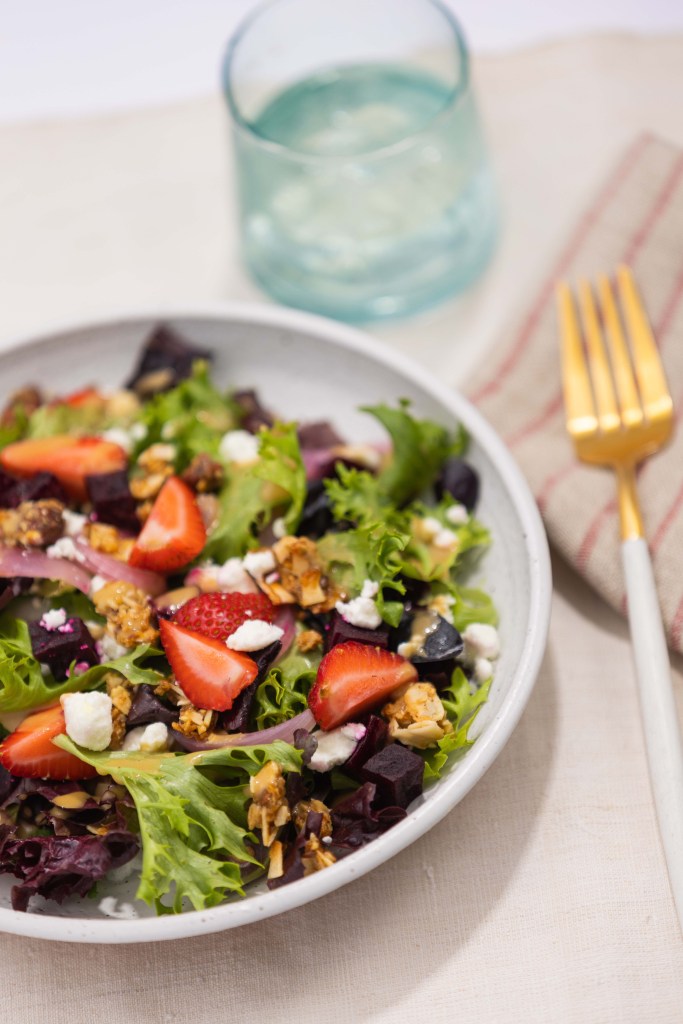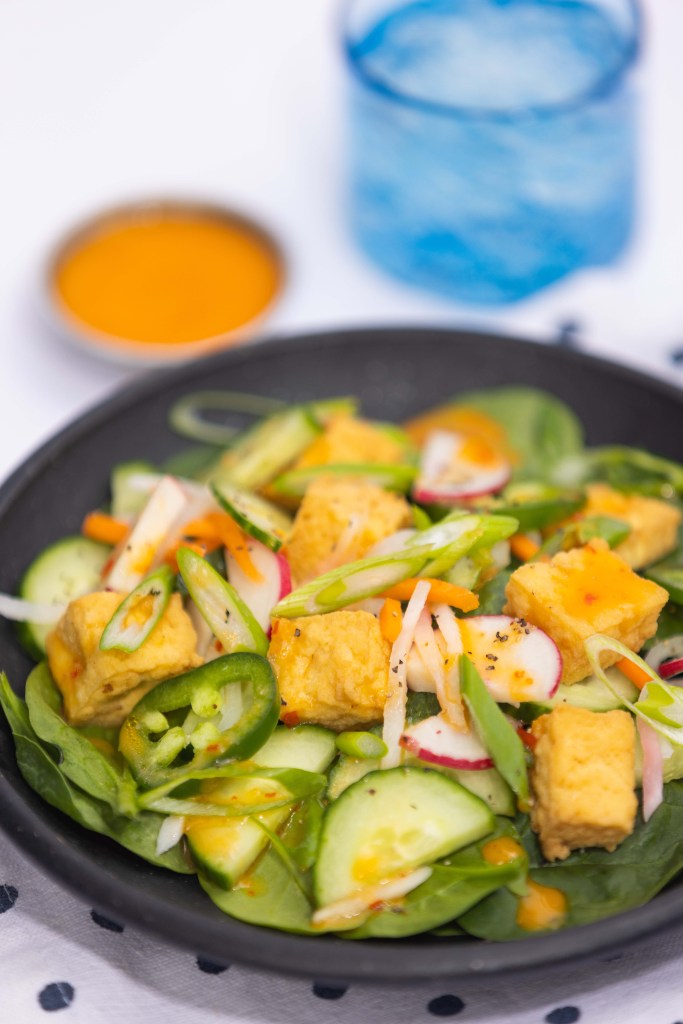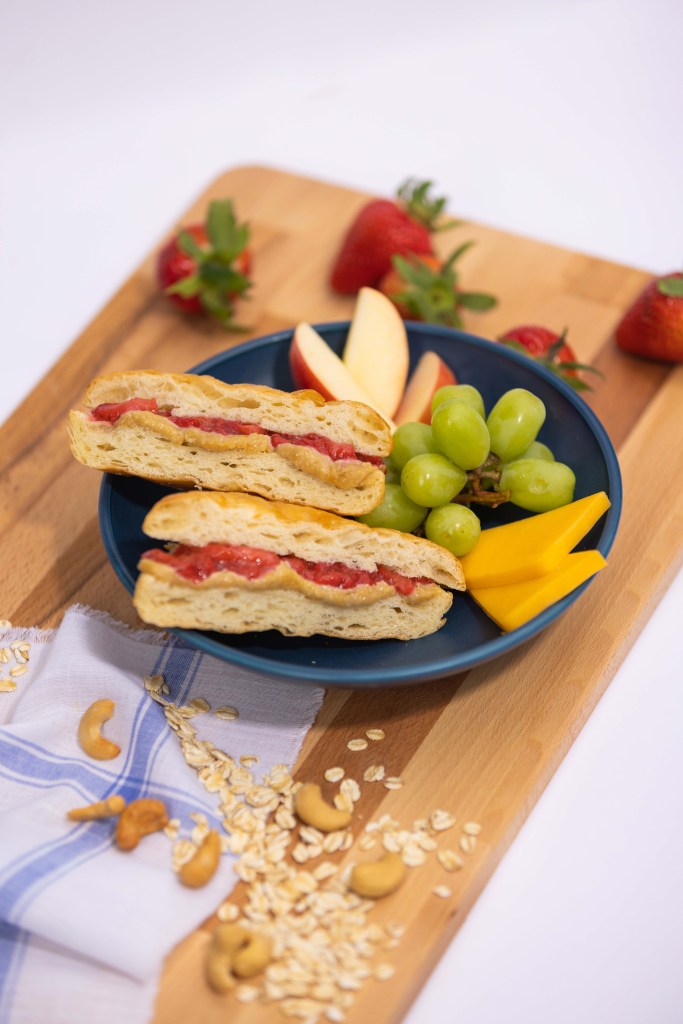Alaska Airlines adds new nonstop between Honolulu and Seattle area’s second airport
Share
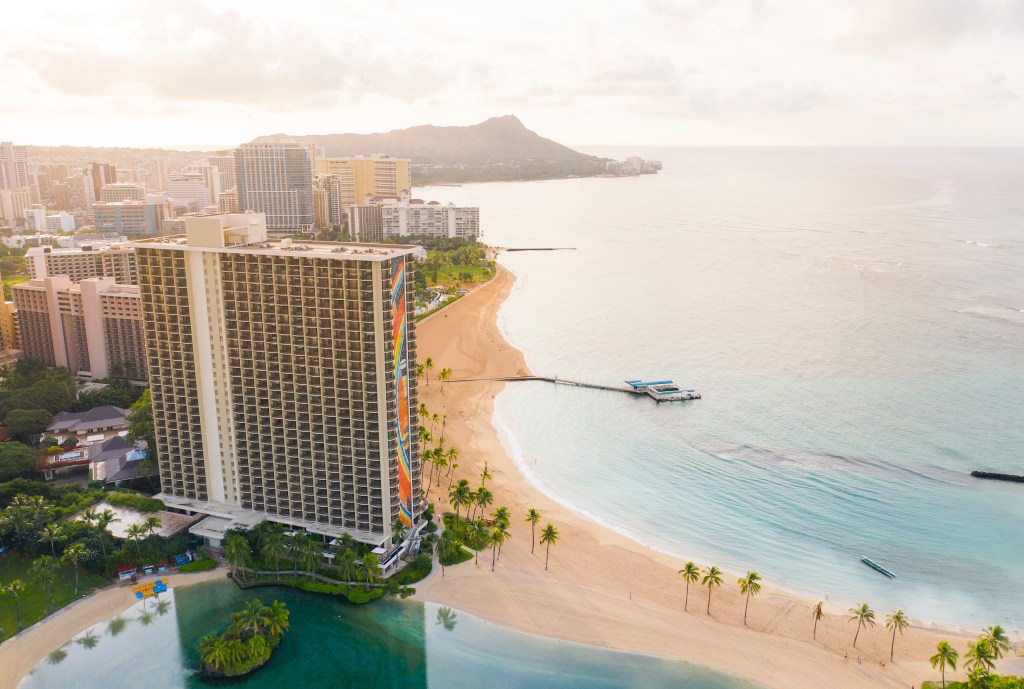
Daily, year-round service between Seattle/Everett (Paine Field) and Oahu starts Nov. 17 with introductory fares starting as low as $149 one-way
Alaska Airlines is celebrating more aloha with new nonstop service between Seattle/Everett and Honolulu starting this fall – our first flight connecting Paine Field-Snohomish County Airport and the Hawaiian Islands. The daily, year-round flight begins on Nov. 17, just in time for travel during the holiday season.
For a limited time, introductory fares between Seattle/Everett and Honolulu start at $149 one-way along with Mileage Plan award redemptions as low as 12,500 miles one-way. Tickets are available for purchase now at alaskaair.com. This is our first new route to Honolulu in more than a decade and it will be the longest flight we will operate from Paine Field.
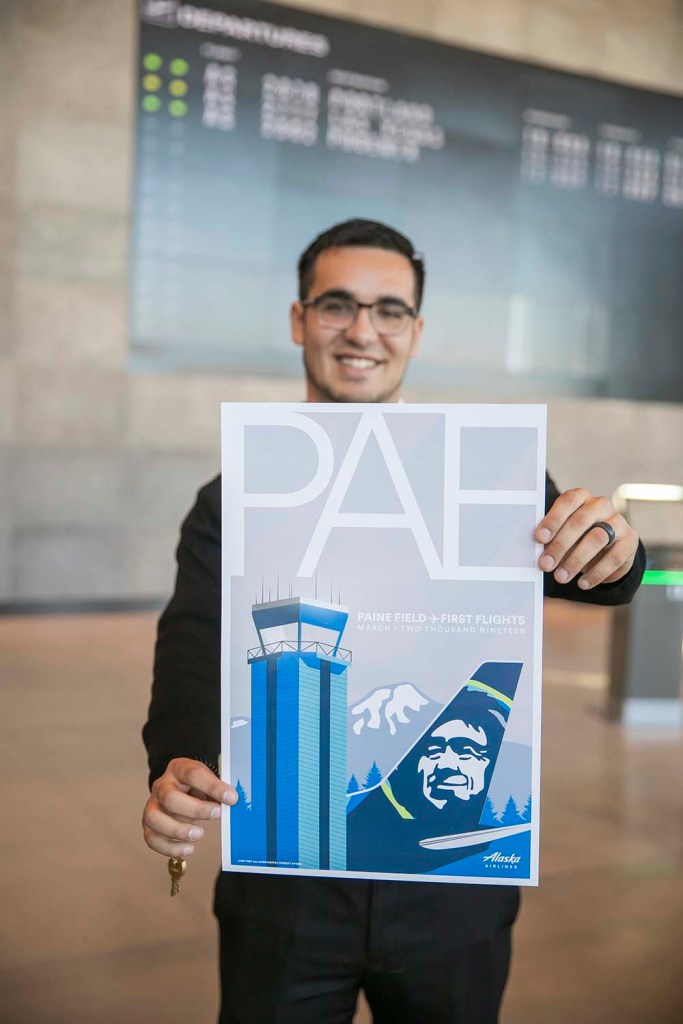
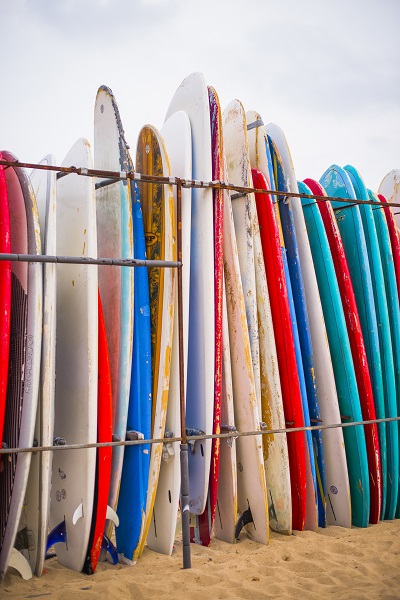
If there’s one place our guests told us again and again that they wanted to fly to from Seattle’s northern airport, it’s beautiful Hawaii. We’ve been eager to make it happen,” said Kirsten Amrine, vice president of revenue management and network planning for Alaska Airlines. “We’ve proudly served the Hawaiian Islands for more than 15 years. This new route adds Seattle/Everett to our list of West Coast gateways to Honolulu. We’ll be ready to say aloha to our guests on this new flight this fall.”
Seattle/Everett is a closer, more convenient airport when traveling to and from points north of Seattle. We launched our regularly scheduled service there in March 2019 when the new facility opened. Many of our guests enjoy the smaller terminal’s location and upscale lounge atmosphere instead of spending time and money driving to Seattle’s main airport. The airport recently welcomed its one-millionth passenger on a departing flight from Seattle/Everett.
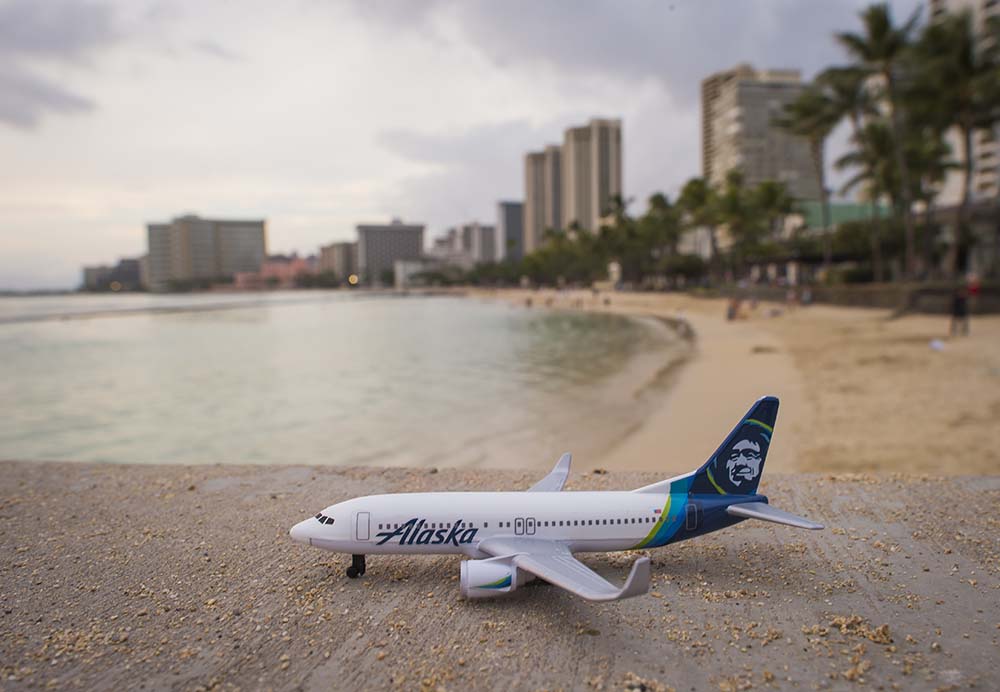
“For those traveling between Honolulu and Washington State, flying into Seattle/Everett will be a terrific, less congested option and a great way to access the greater Seattle area,” said Daniel Chun, director of sales, community and public relations in Hawaii for Alaska Airlines. “With this new flight, we’ll fly a combined six nonstops a day to the two Seattle area airports from Oahu, providing our leisure and business travelers with a variety of flight times that work best for them.”
The initial seven weeks of the flight schedule for the Thanksgiving and winter holidays varies from the winter schedule that starts on Jan. 8, 2024:
Thanksgiving-Winter Holiday 2023 Schedule
| Start Date | City Pair | Departs | Arrives | Frequency | Aircraft |
| Nov. 17 | Seattle/Everett-Honolulu | 9:10 a.m. | 1:38 p.m. | Daily | 737 |
| Nov. 17 | Honolulu-Seattle/Everett | 11:25 p.m. | 7:10 a.m. | Daily | 737 |
Early Winter 2024 Schedule
| Start Date | City Pair | Departs | Arrives | Frequency | Aircraft |
| Jan. 8 | Seattle/Everett-Honolulu | 9:25 a.m. | 1:40 p.m. | Daily | 737 |
| Jan. 8 | Honolulu-Seattle/Everett | 2:40 p.m. | 10:47 p.m. | Daily | 737 |
With this new service in the fall, we’ll fly from eight West Coast gateways to Hawaii.
We currently fly to the Islands from Anchorage, Seattle/Everett, Seattle, Portland, San Francisco, San Jose, Los Angeles and San Diego. We serve Oahu, Maui, Kauai and the Island of Hawaii from these airports with an average of 30 nonstop, peak-daily flights.
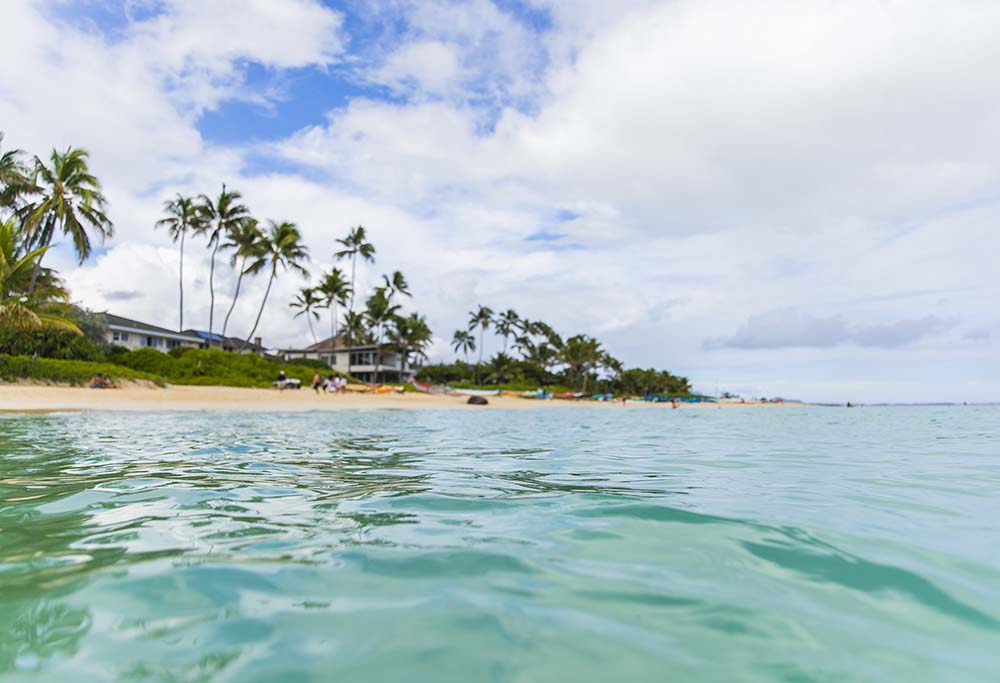
We fly to nine destinations from Seattle/Everett.
Most of our flights serving Seattle/Everett are on our E175 regional jets flown by our sister carrier Horizon Air. We fly from Paine Field to Anchorage, Los Angeles, Las Vegas, Orange County, Palm Springs (seasonal), Phoenix, San Diego, San Francisco and Tucson (seasonal). In February 2022, we started mainline service on select flights to Las Vegas and Phoenix on our 737 aircraft.
With our award-winning service, we offer onboard amenities for a terrific trip to the Islands. Our 737s have a three-class cabin including First Class and Premium Class. With power outlets at every seat, you can enjoy hundreds of free movies and TV shows that can be streamed inflight to your own devices. Our flights are also enabled with streaming-fast satellite Wi-Fi available for purchase, as well as the option to pre-order from a range of fresh meal selections.
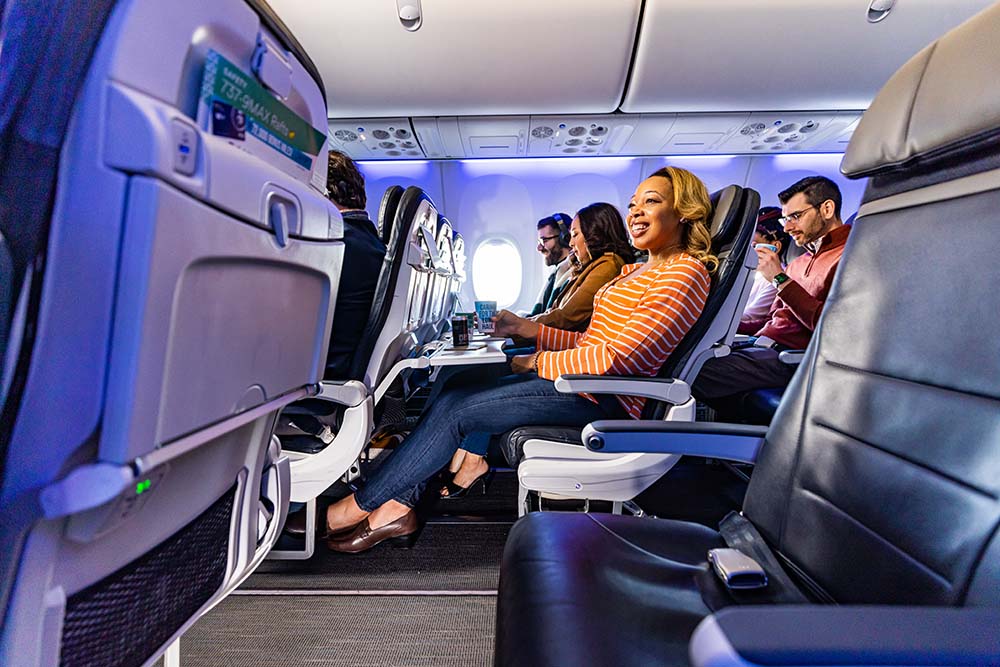
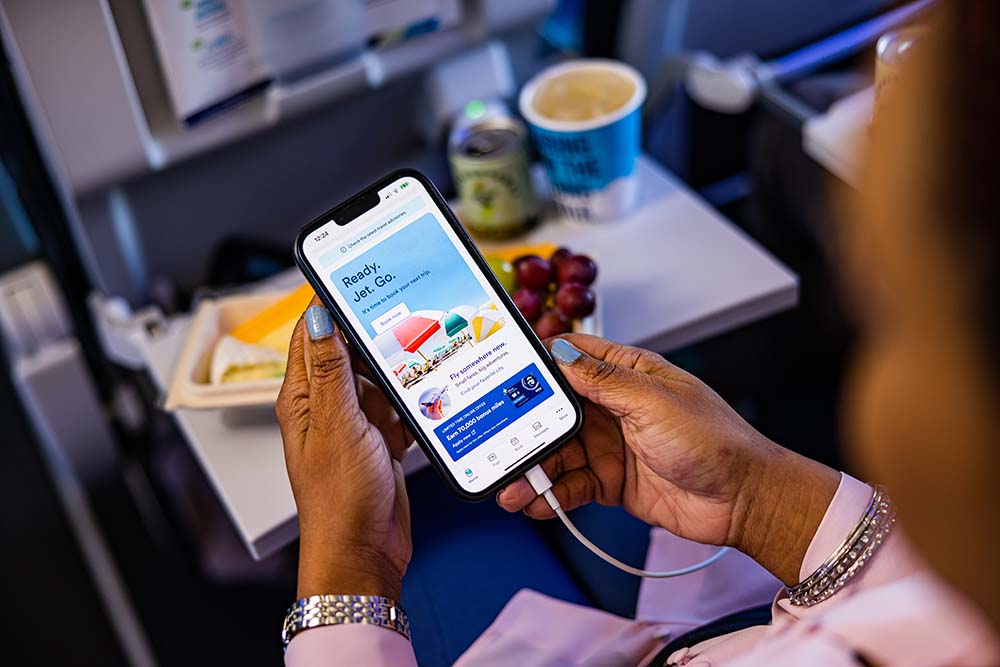
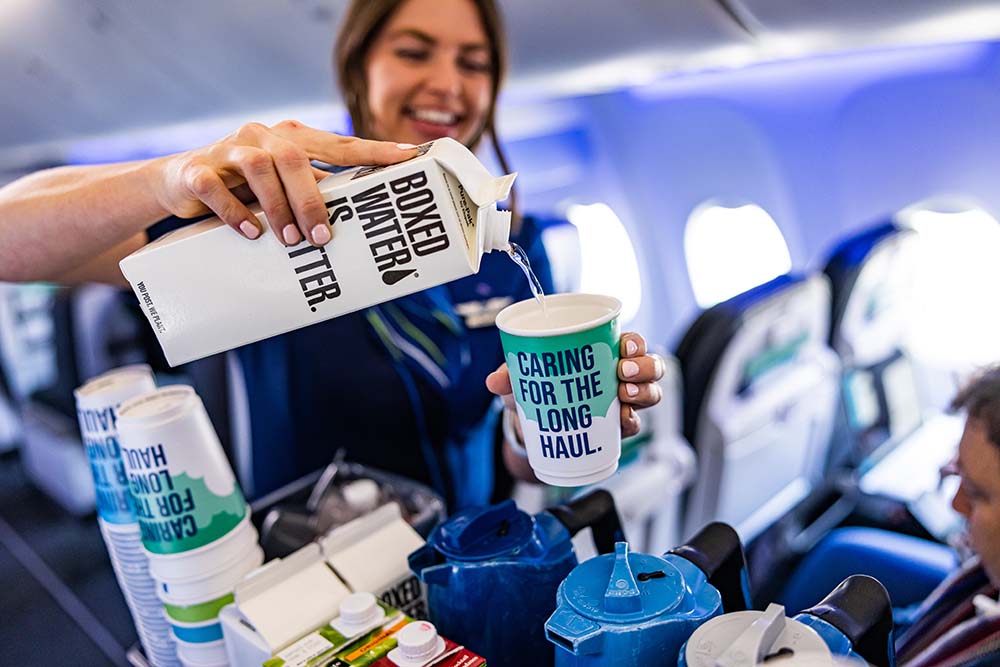
Alaska marked 15 years of flying to Hawaii this past fall. We launched our first flight between Seattle and Honolulu on Oct. 12, 2007. Service between Seattle and Lihue, Kauai, started two weeks later, followed by Anchorage-Honolulu service in December 2007. In 2008, Alaska began serving Kona on the Island of Hawaii and Kahului on Maui.
